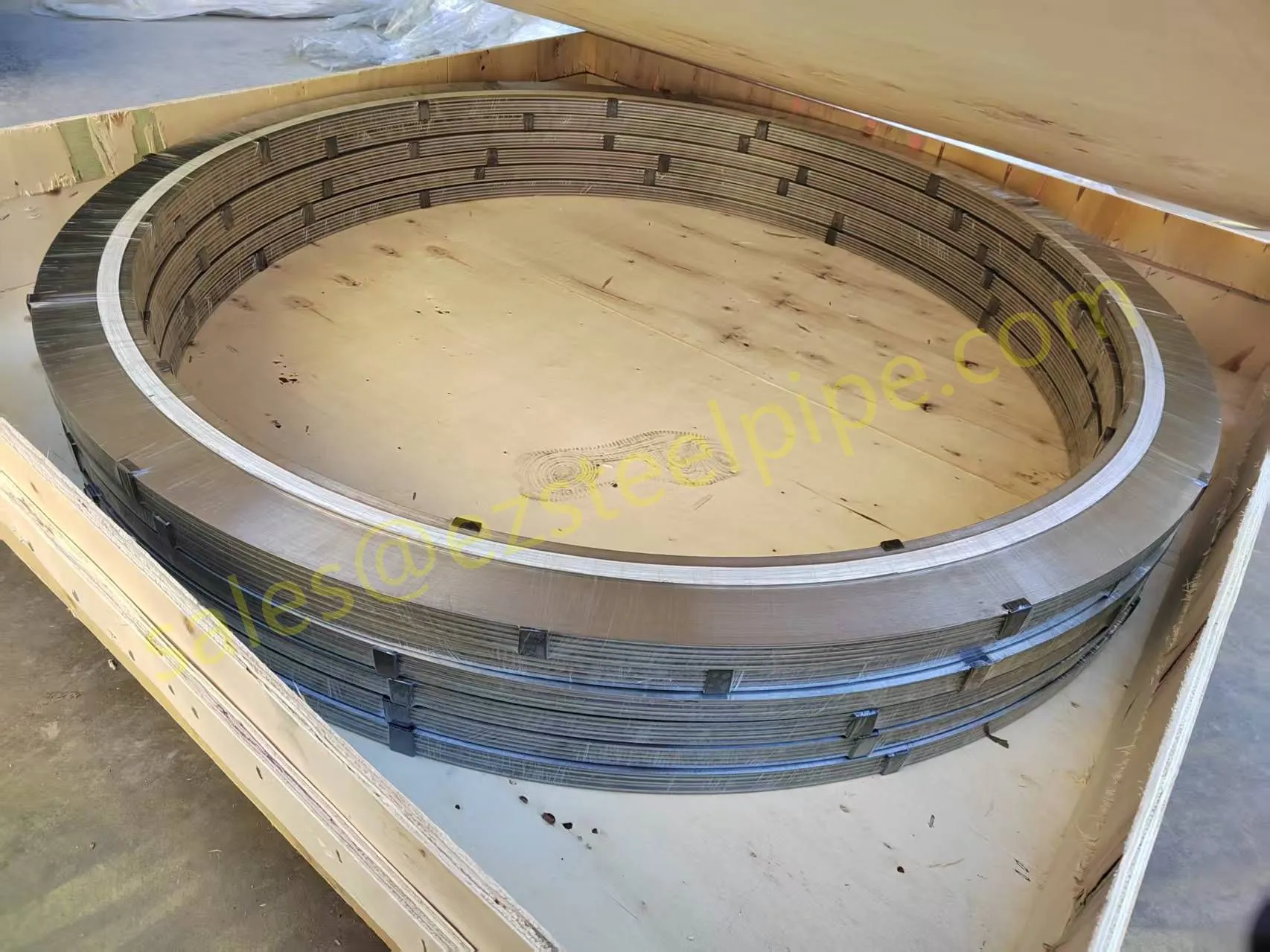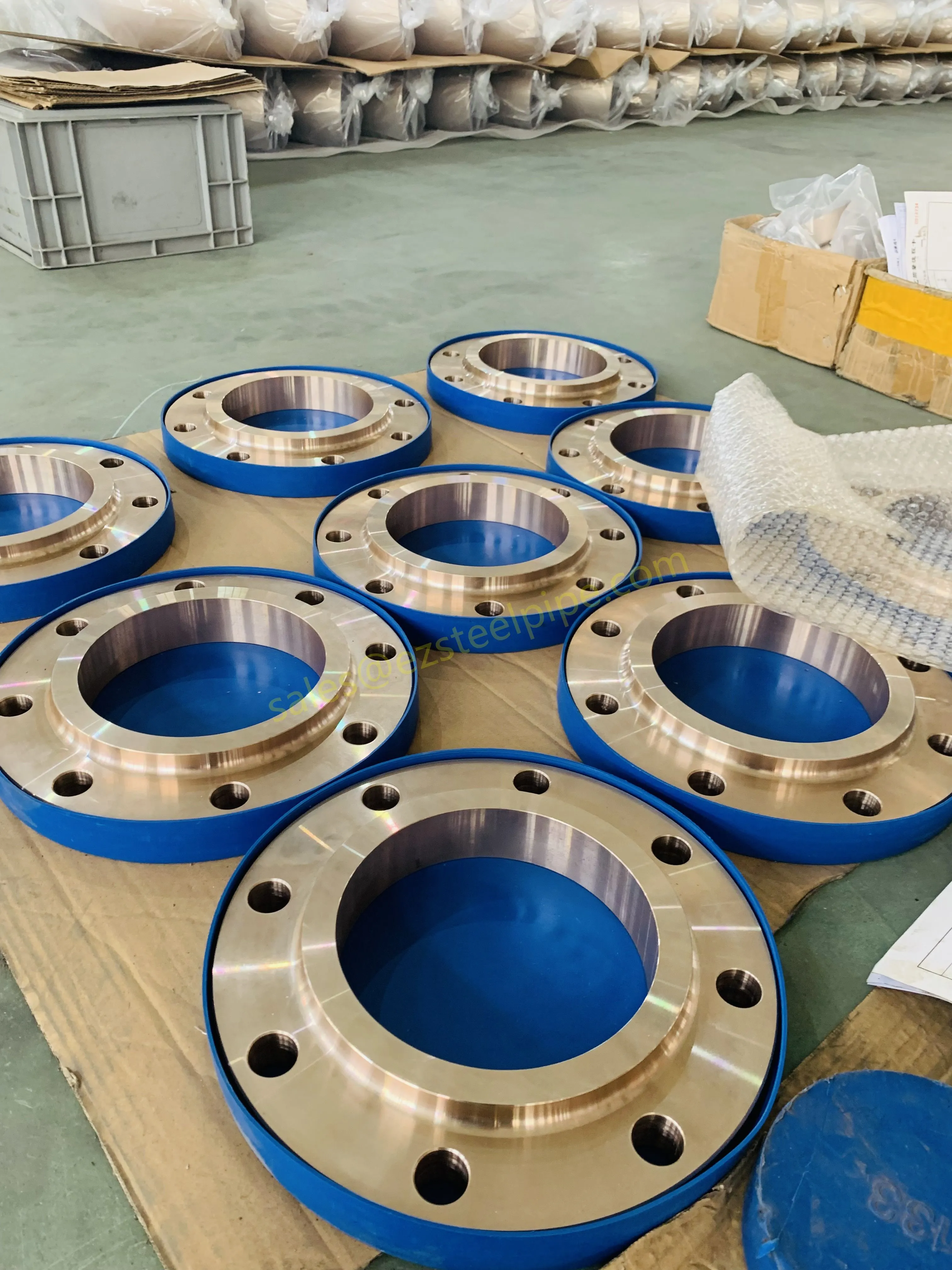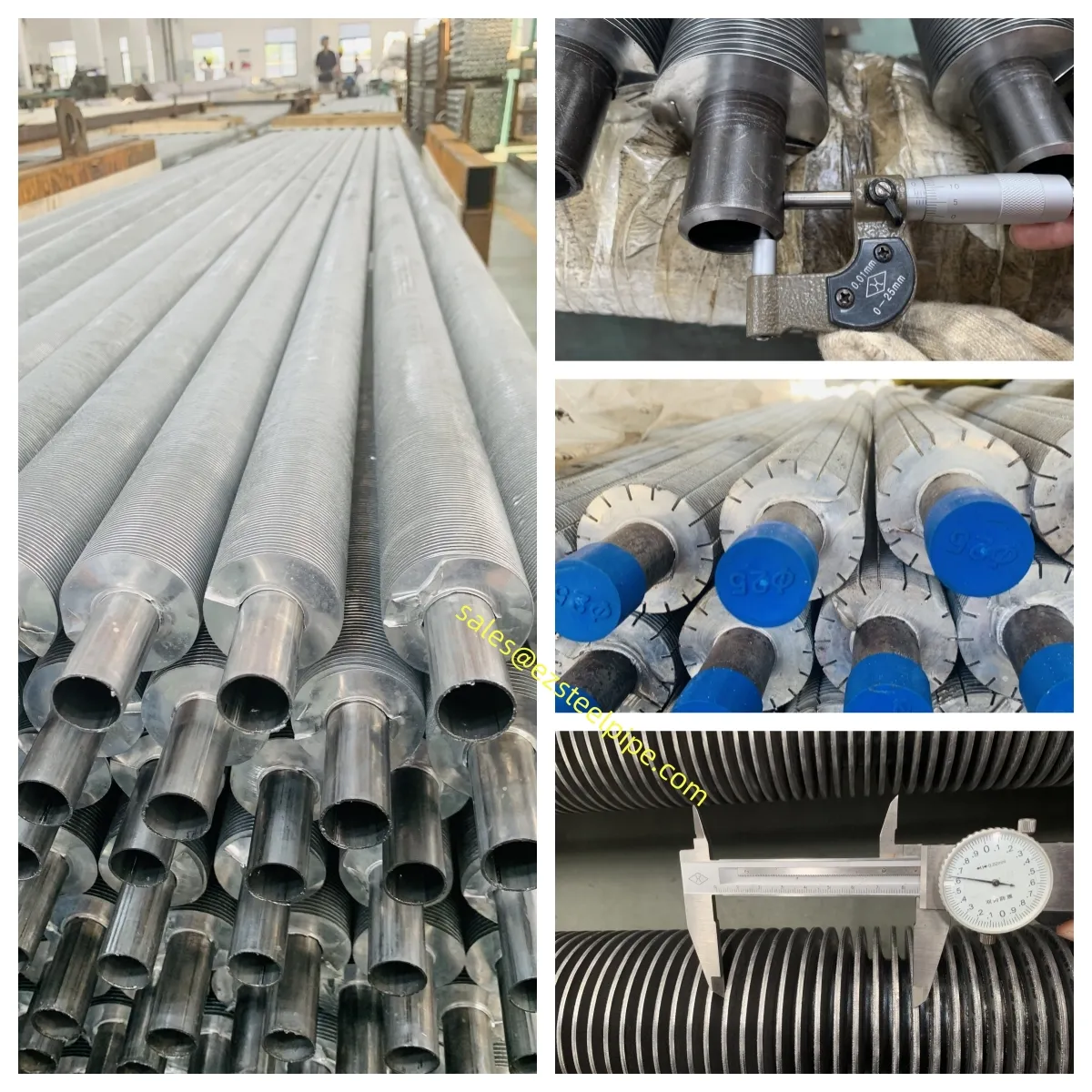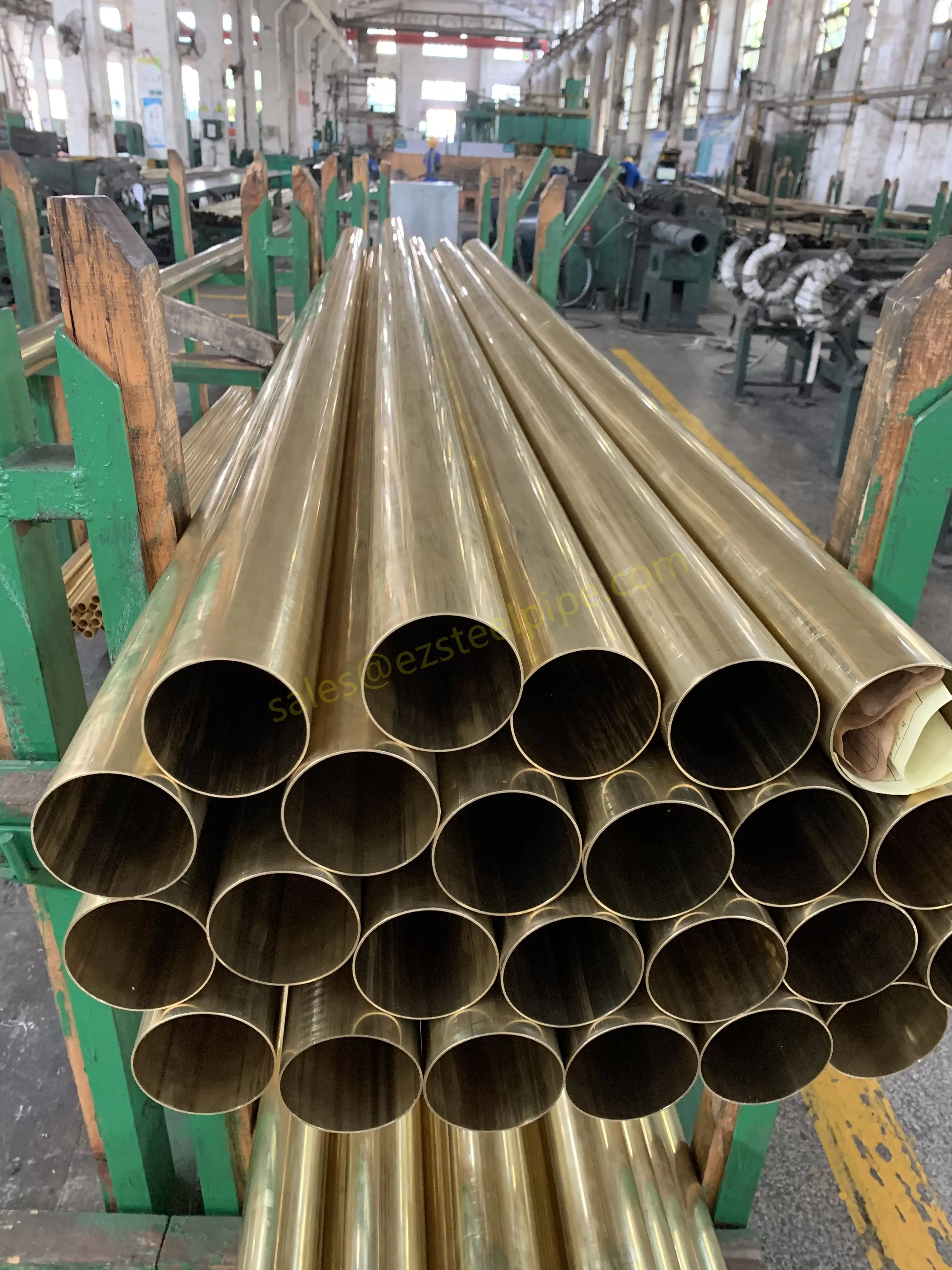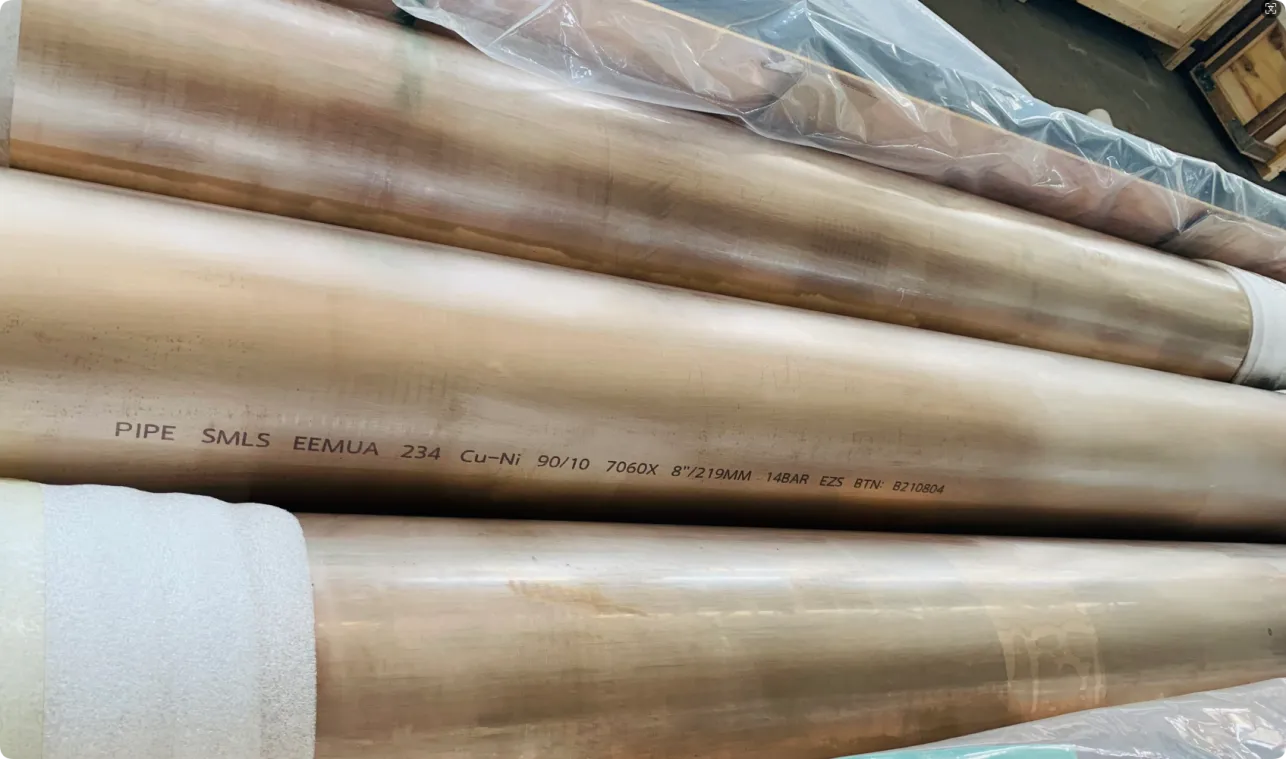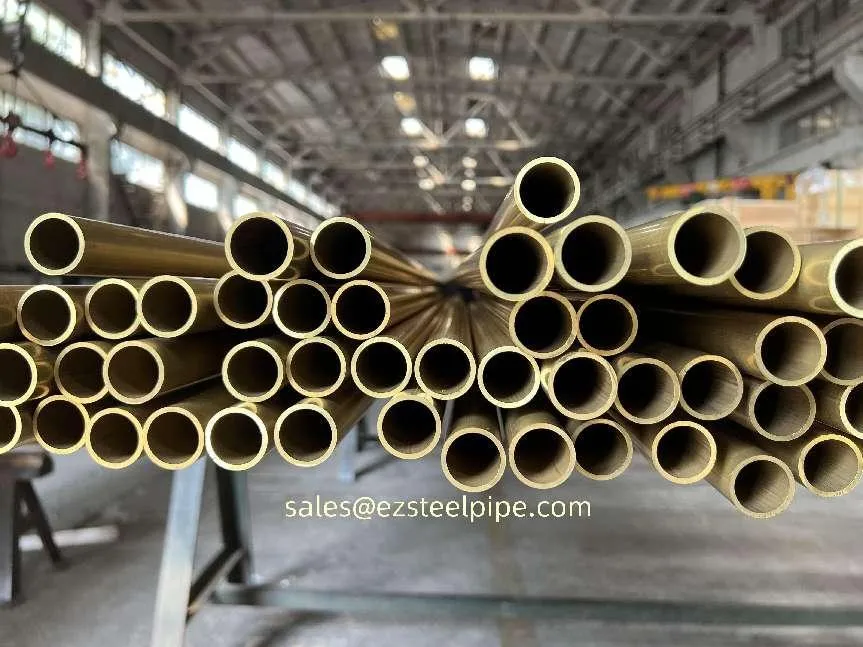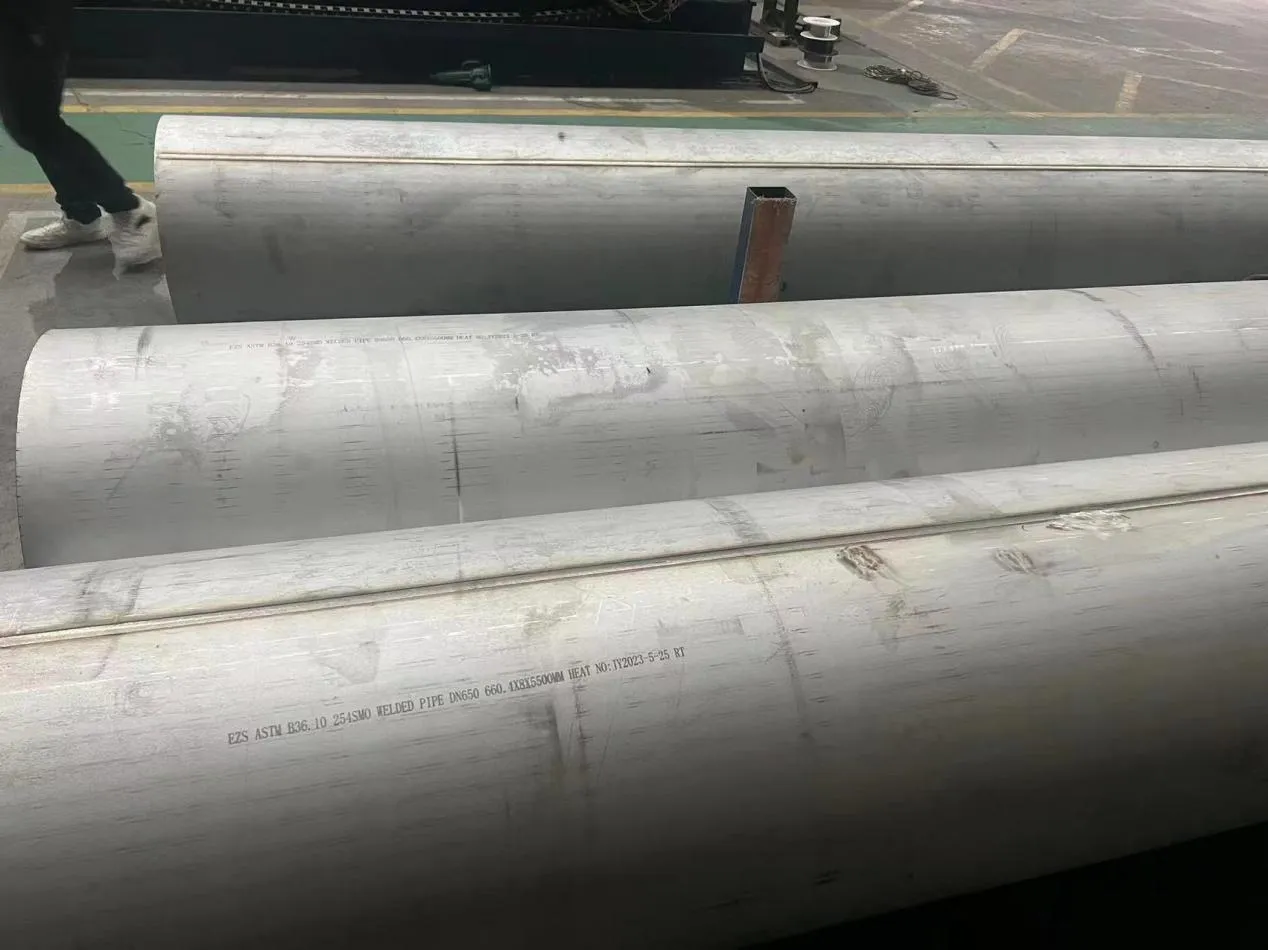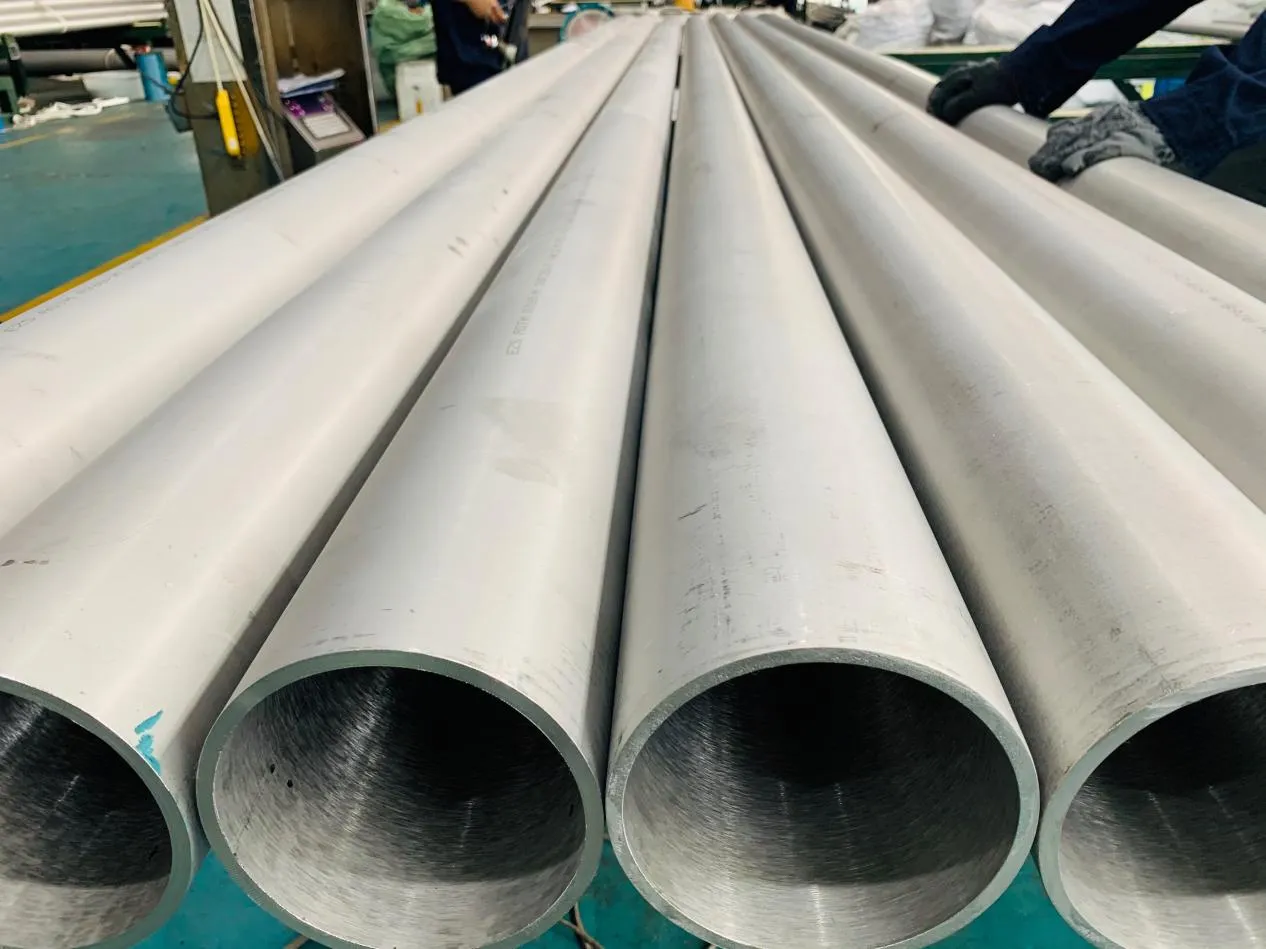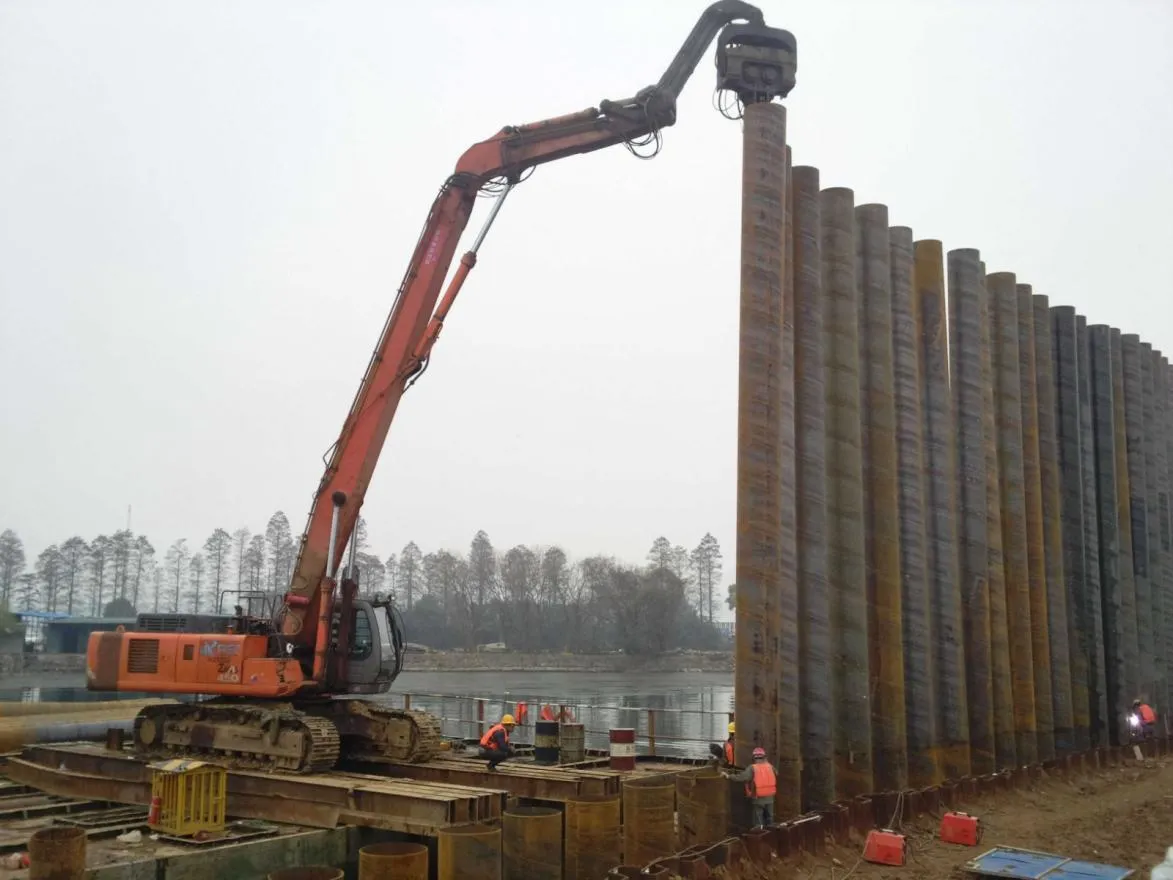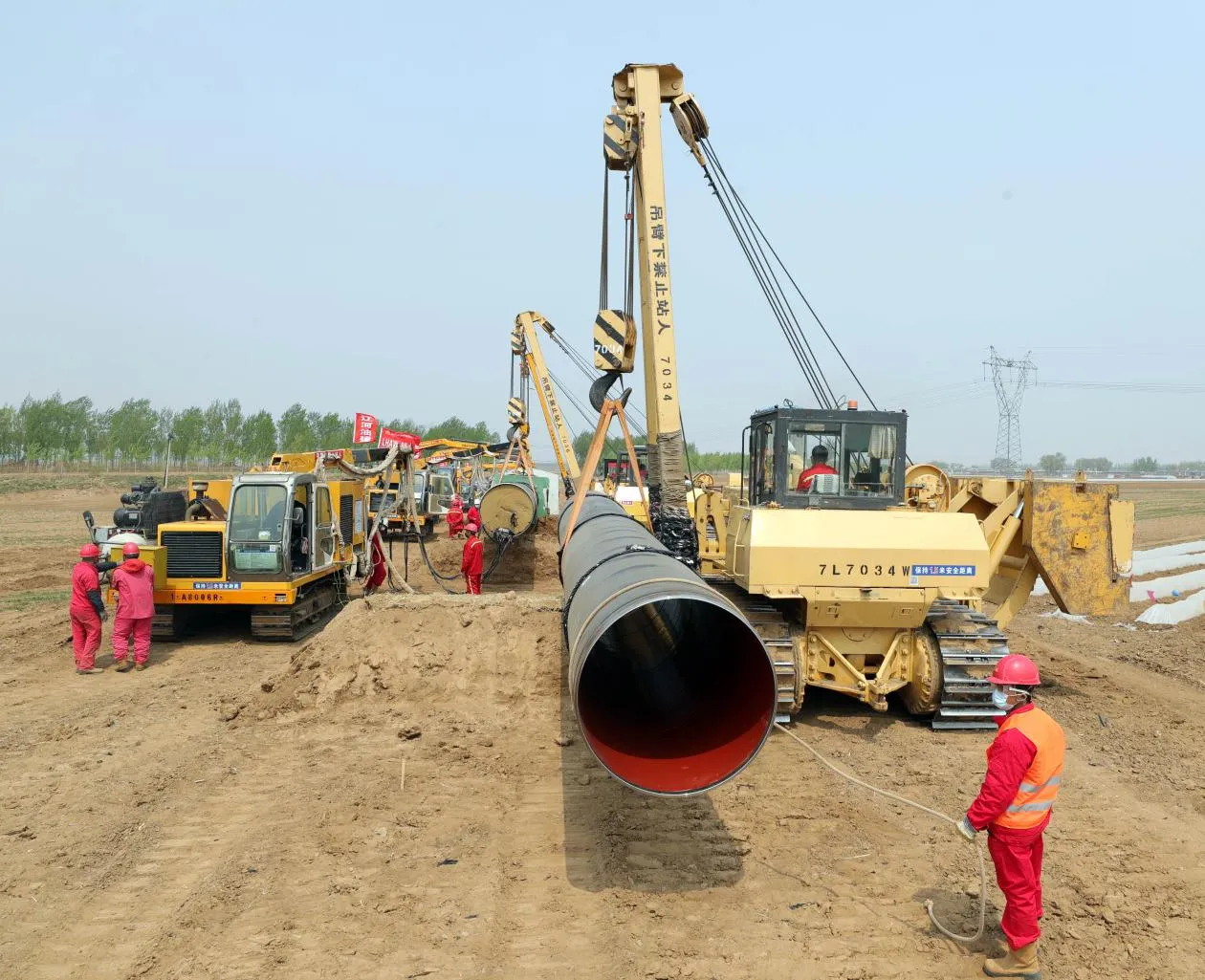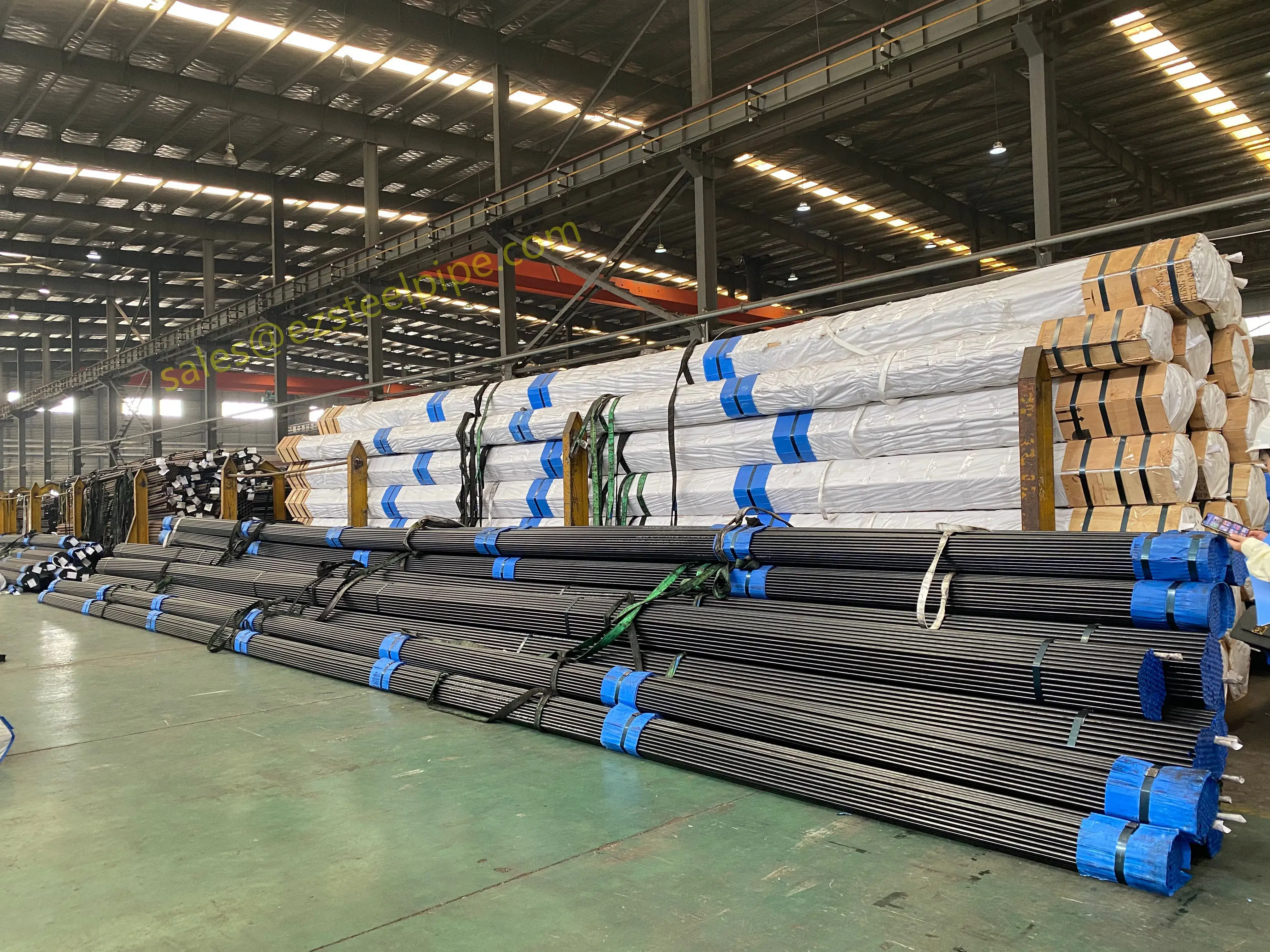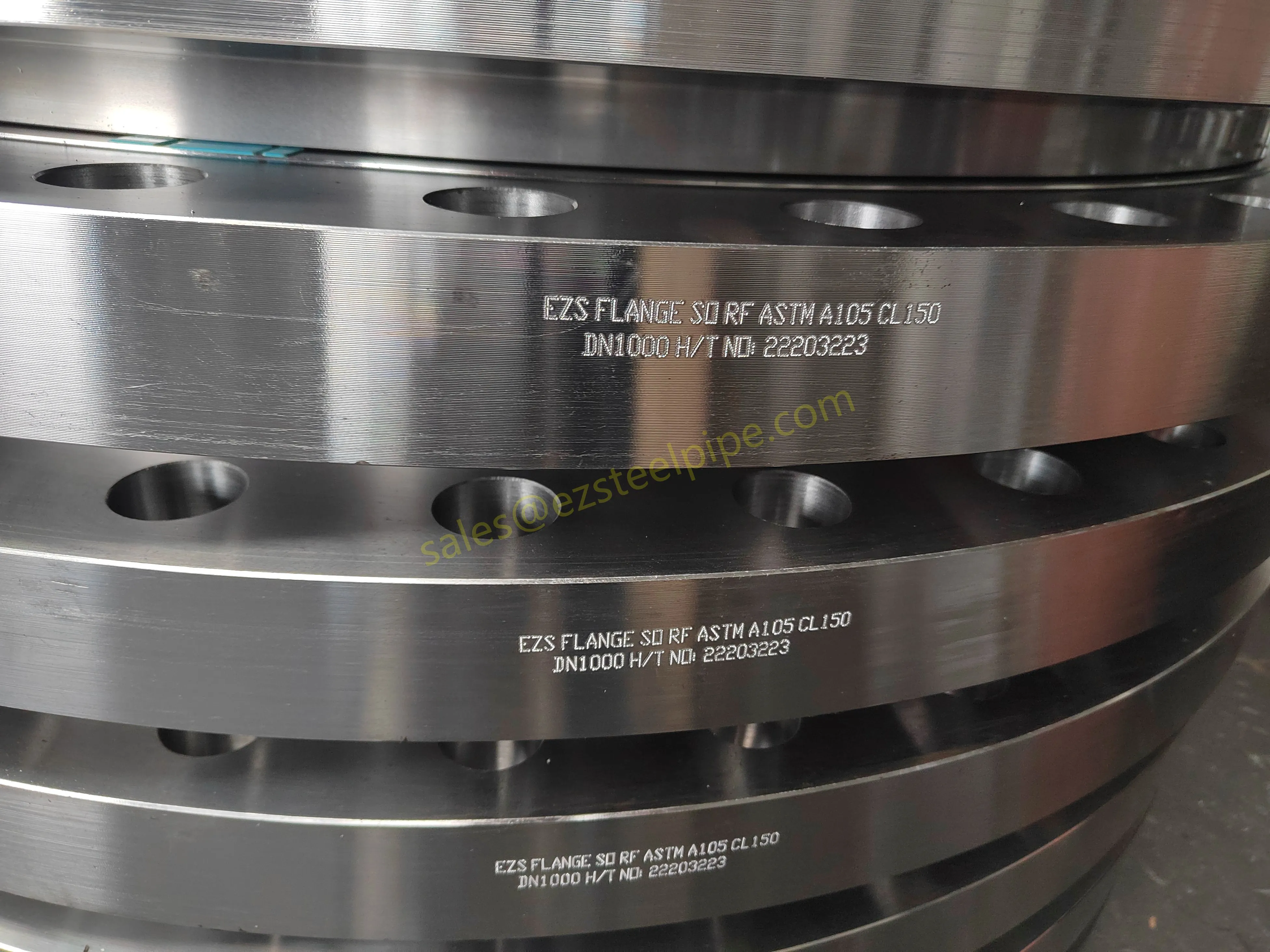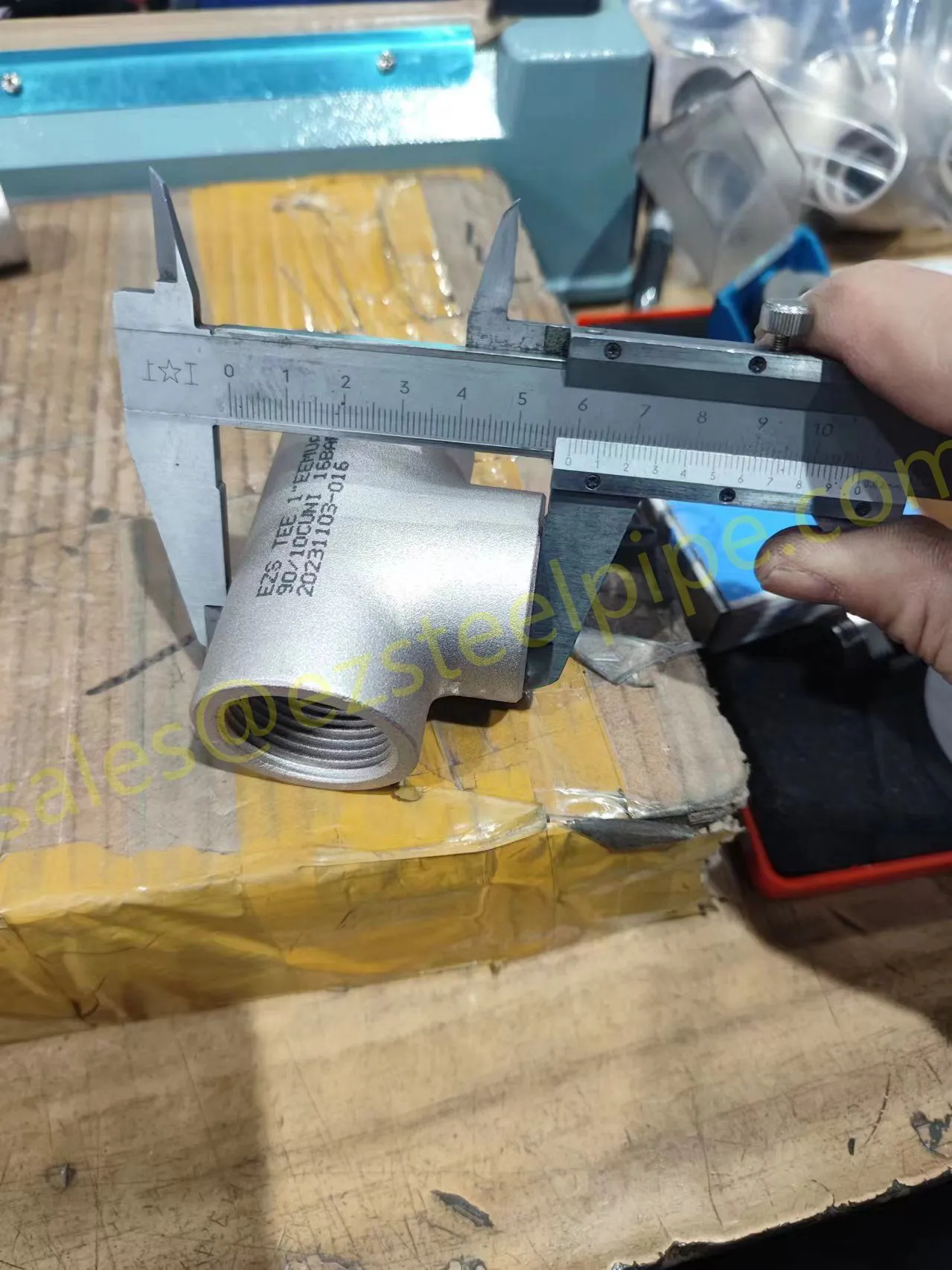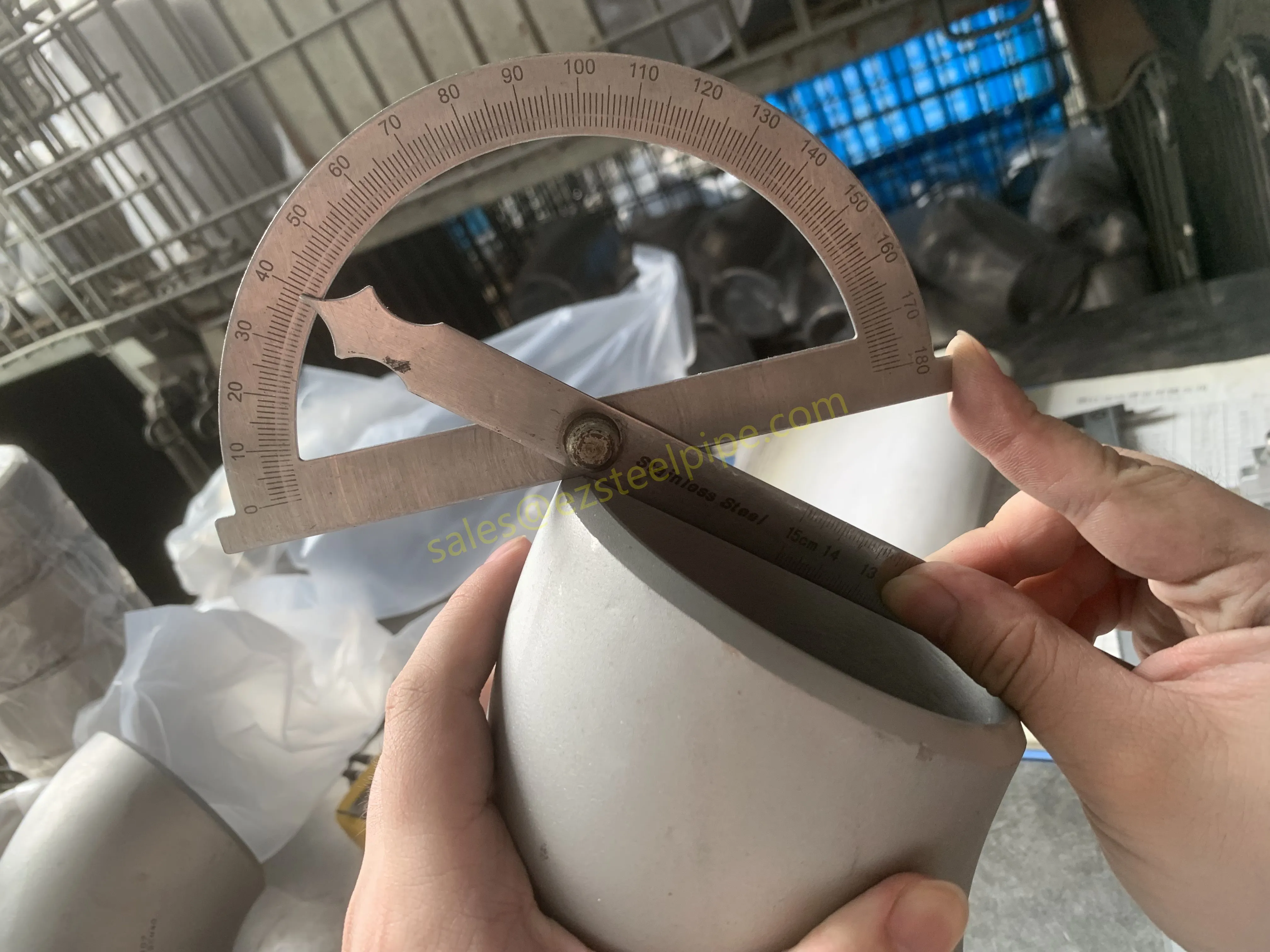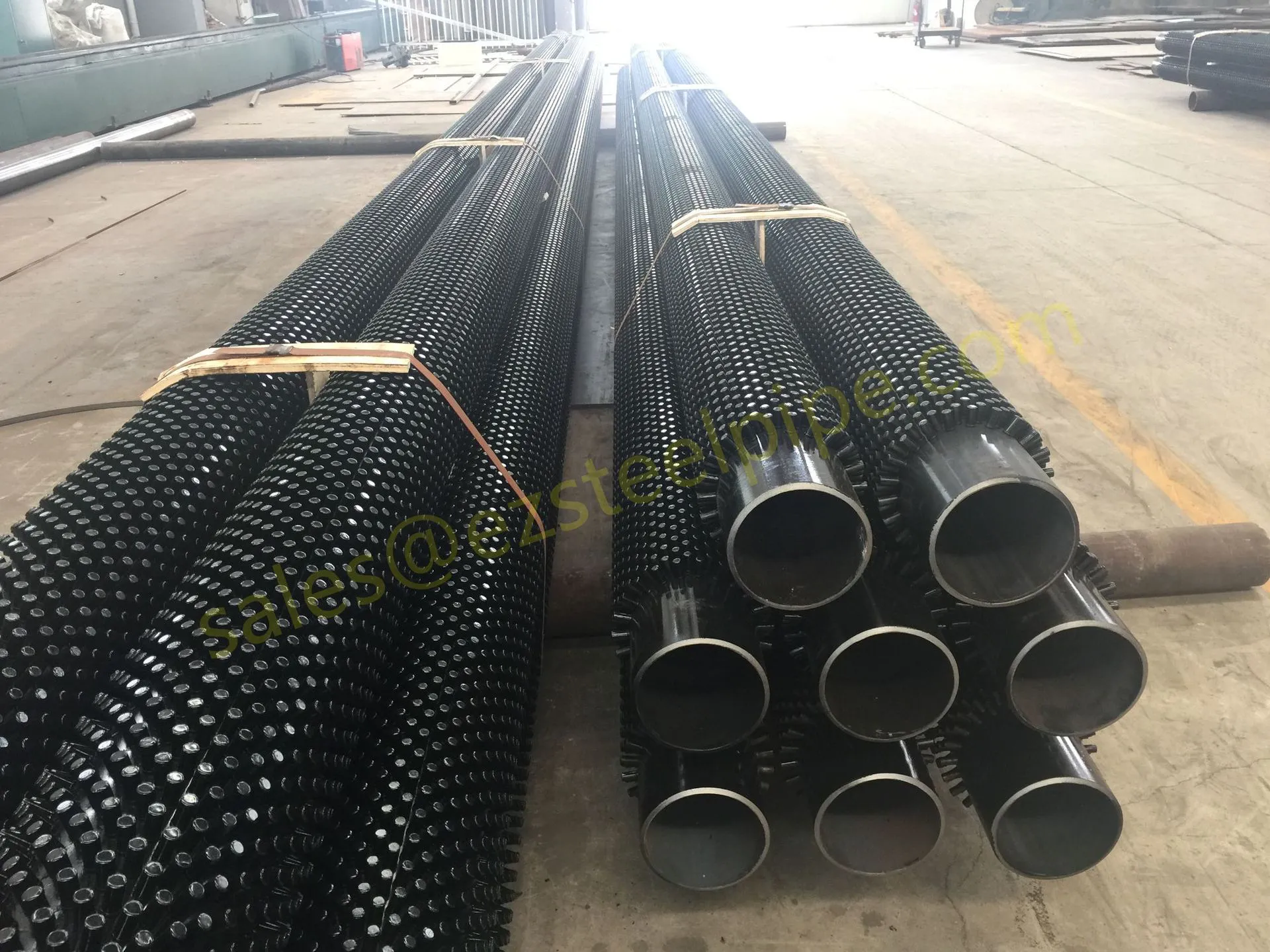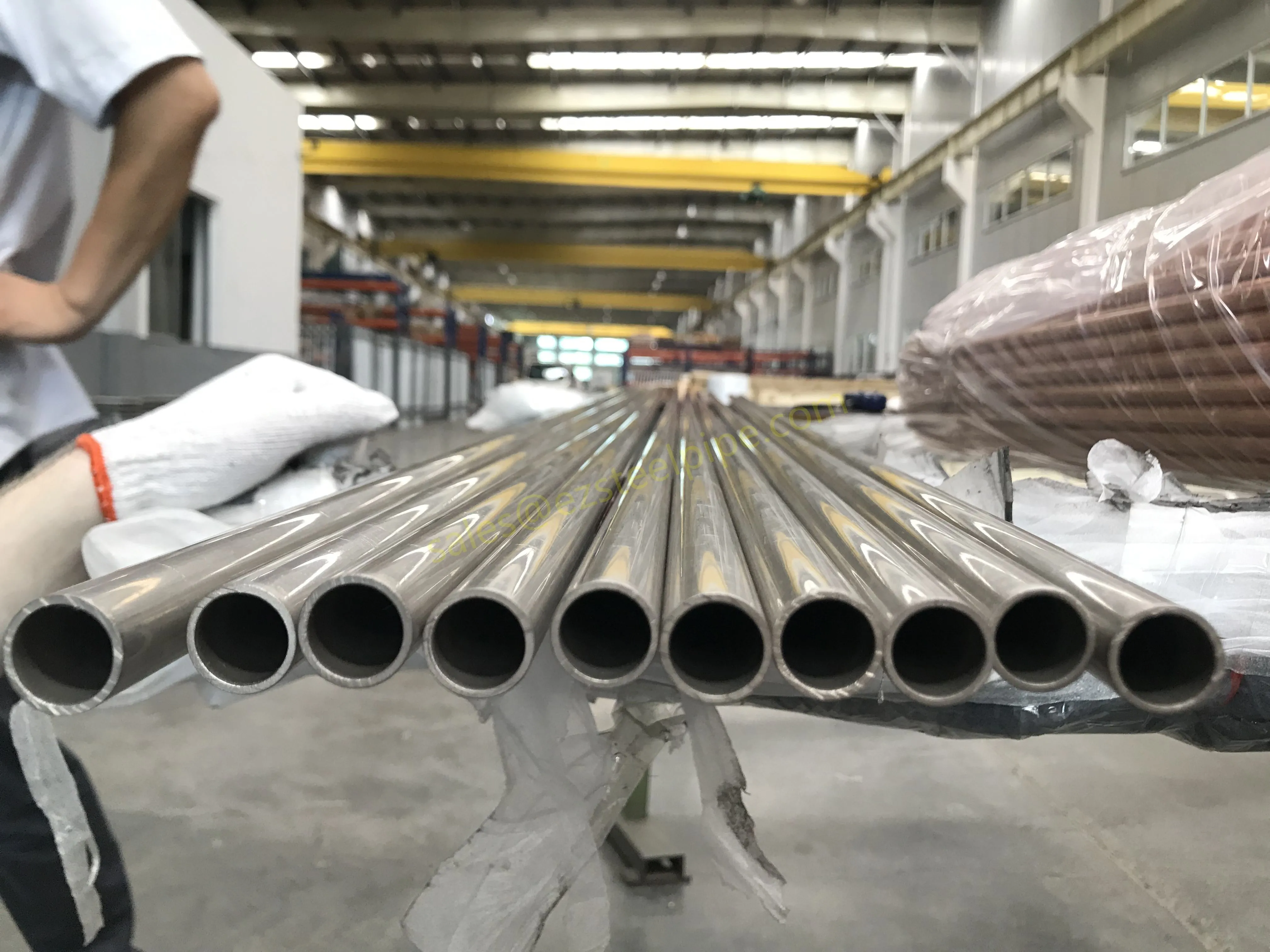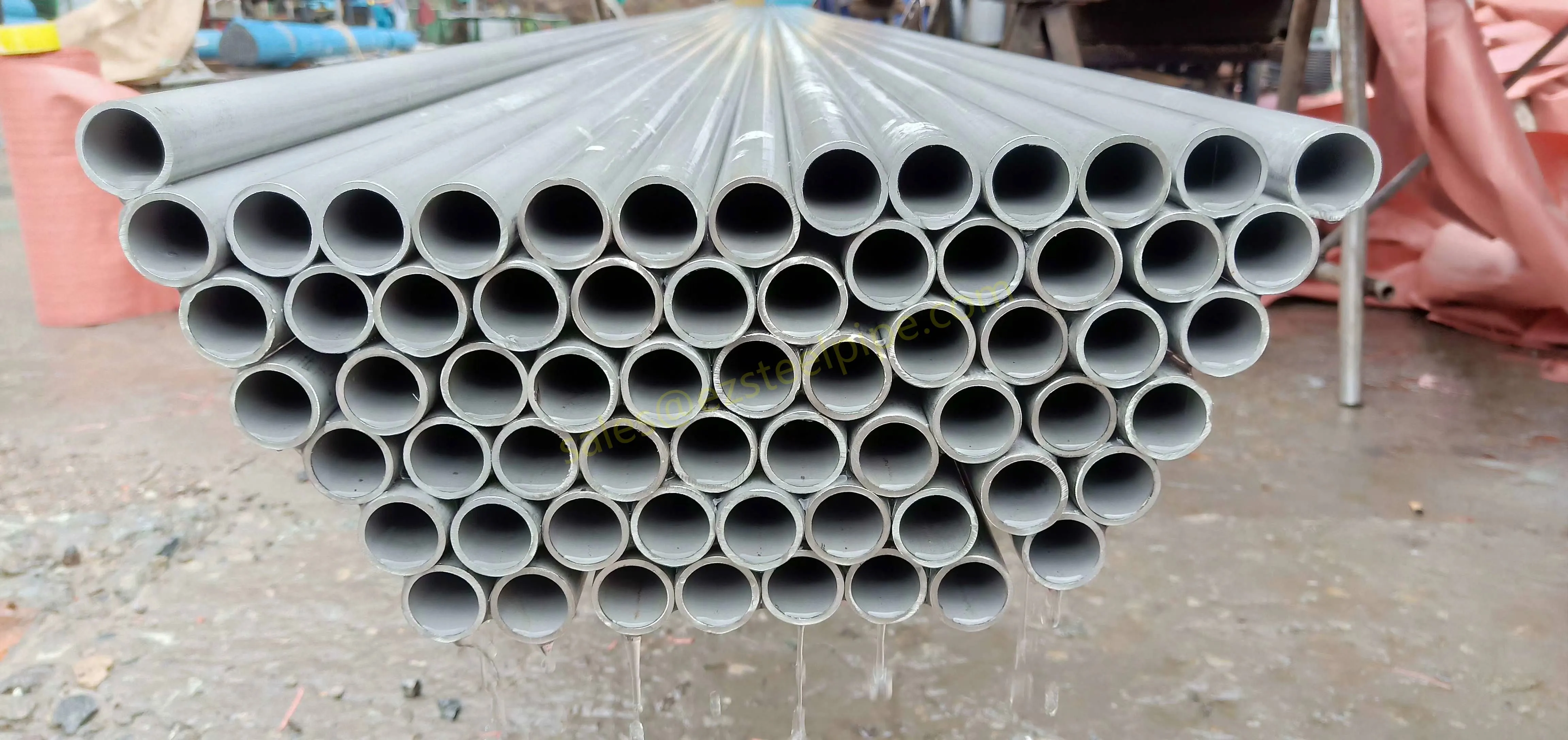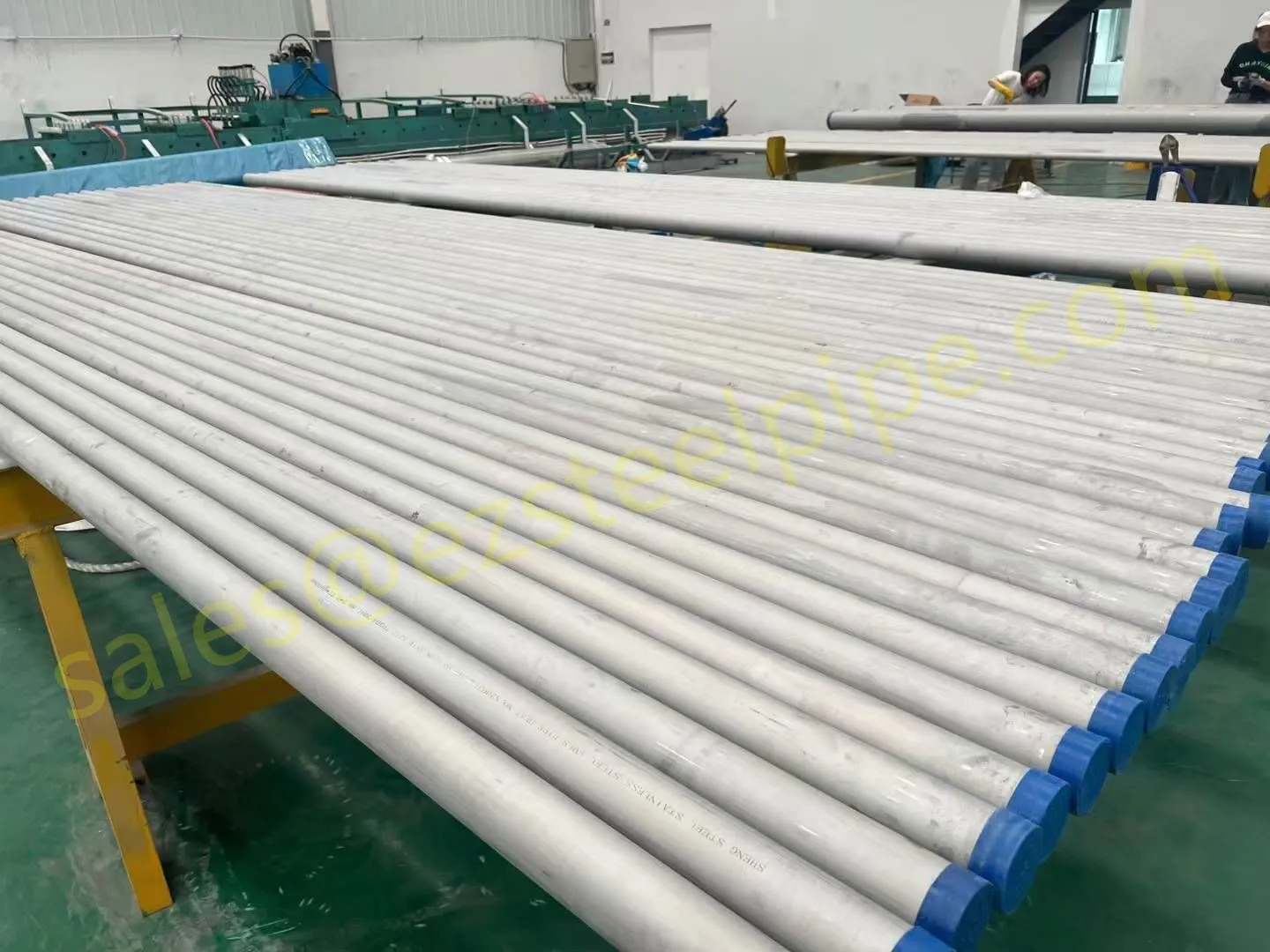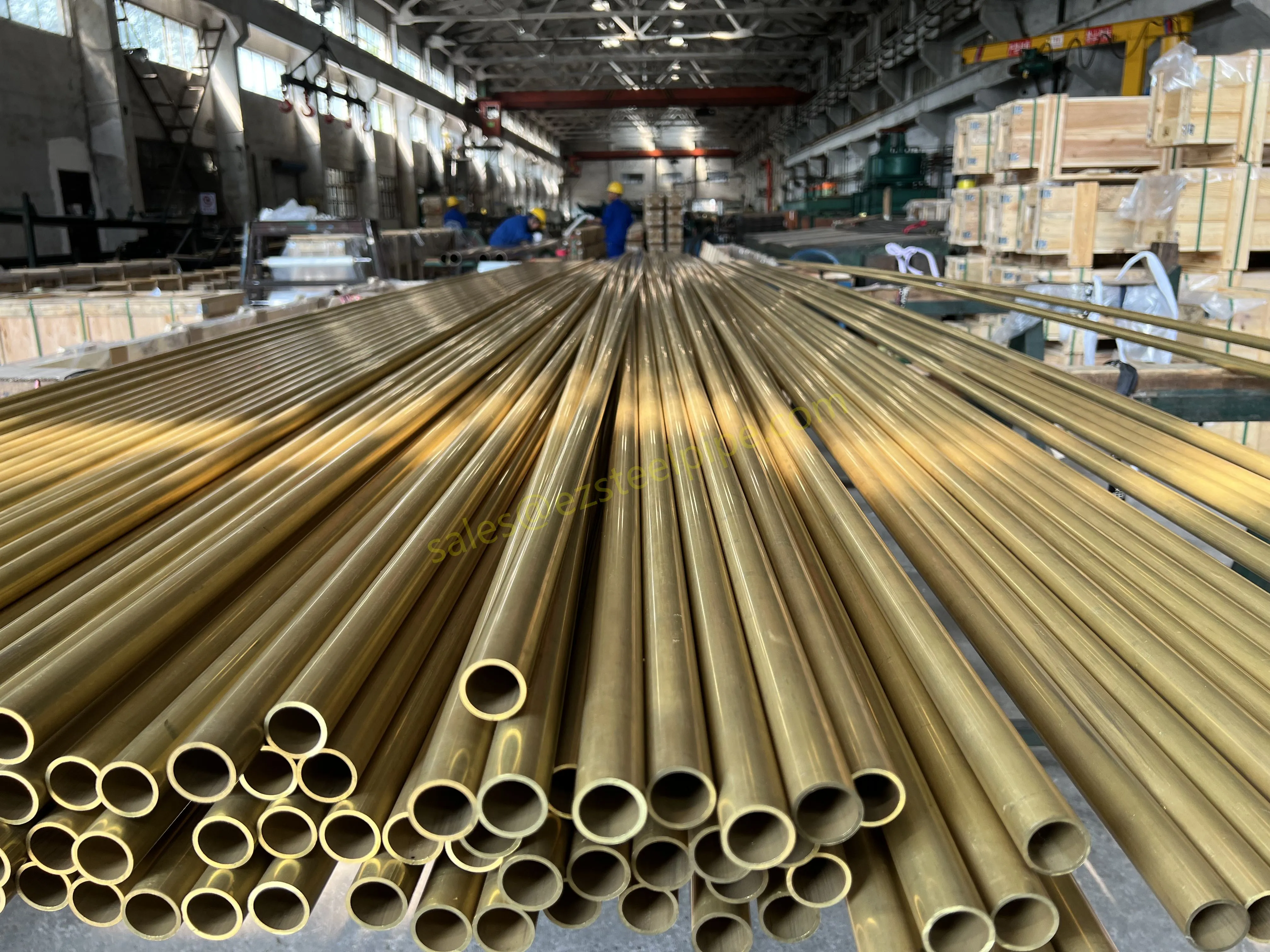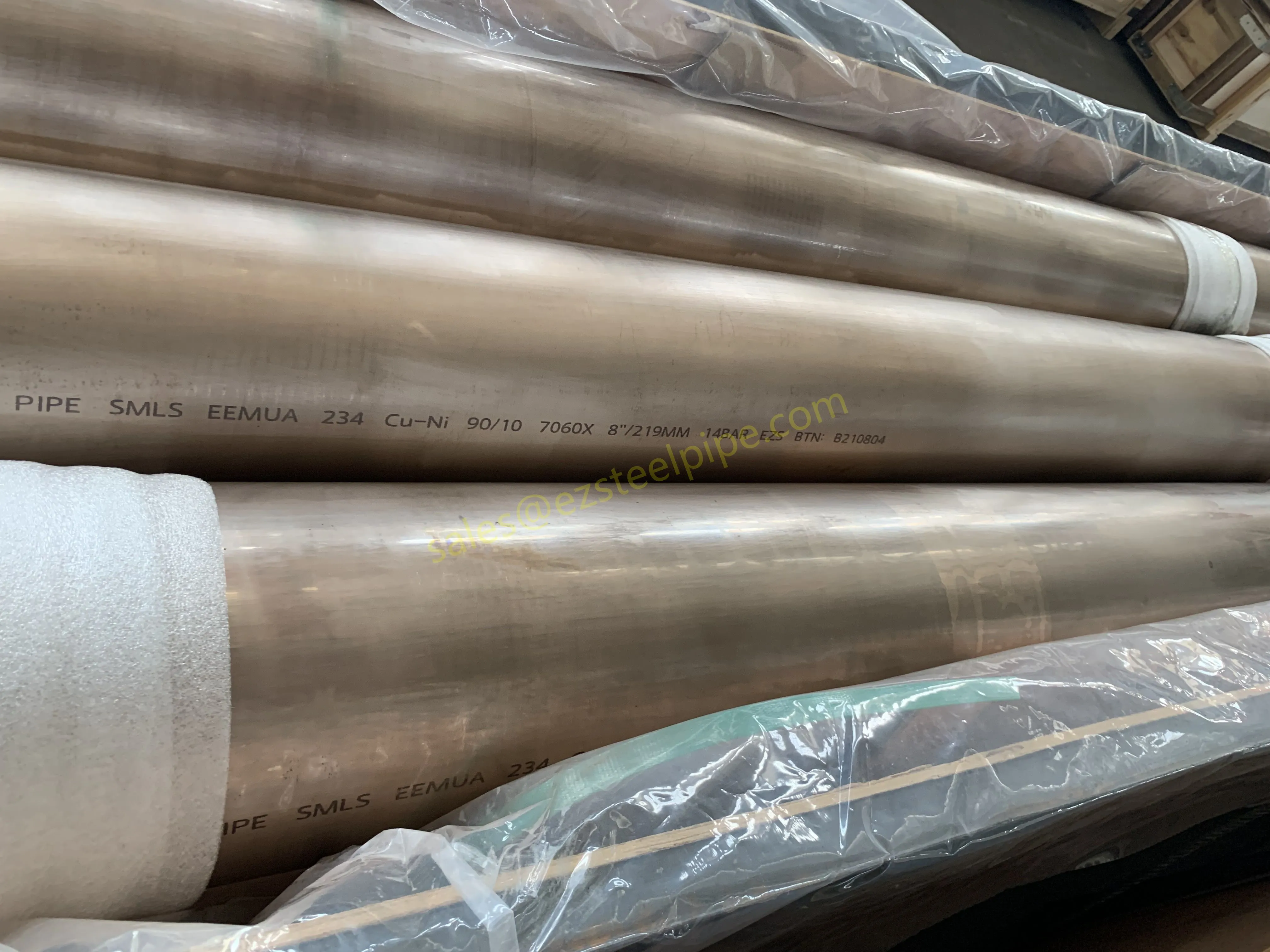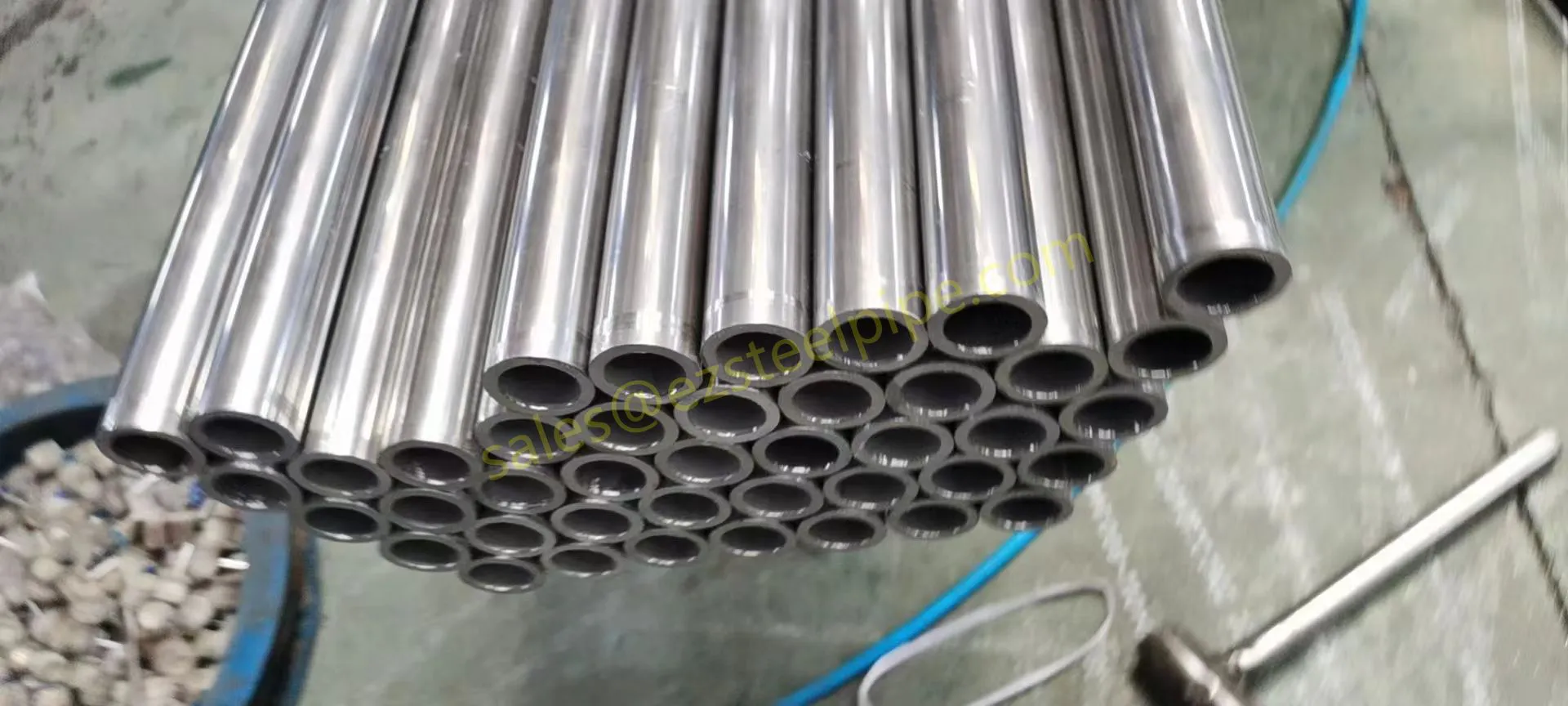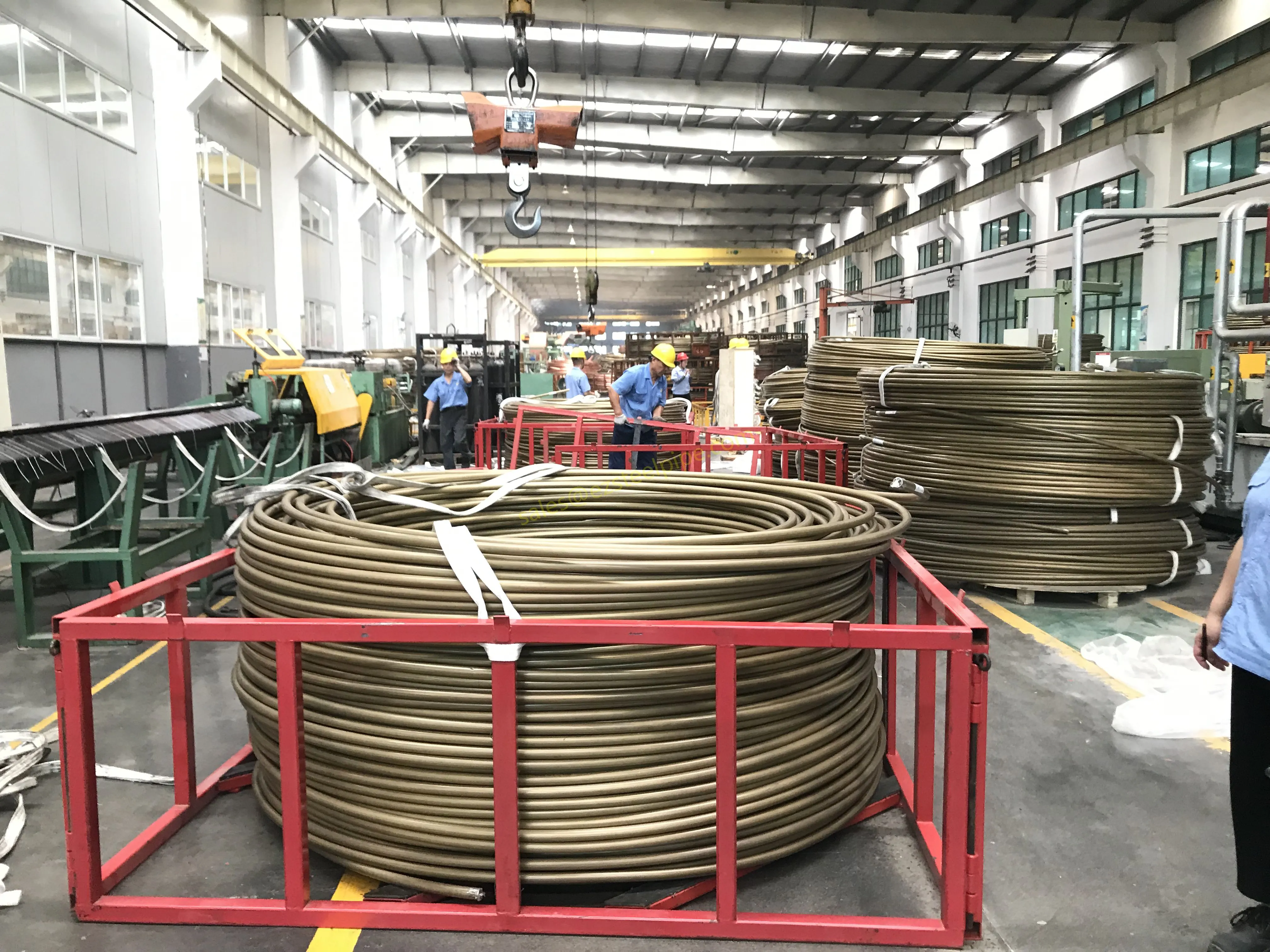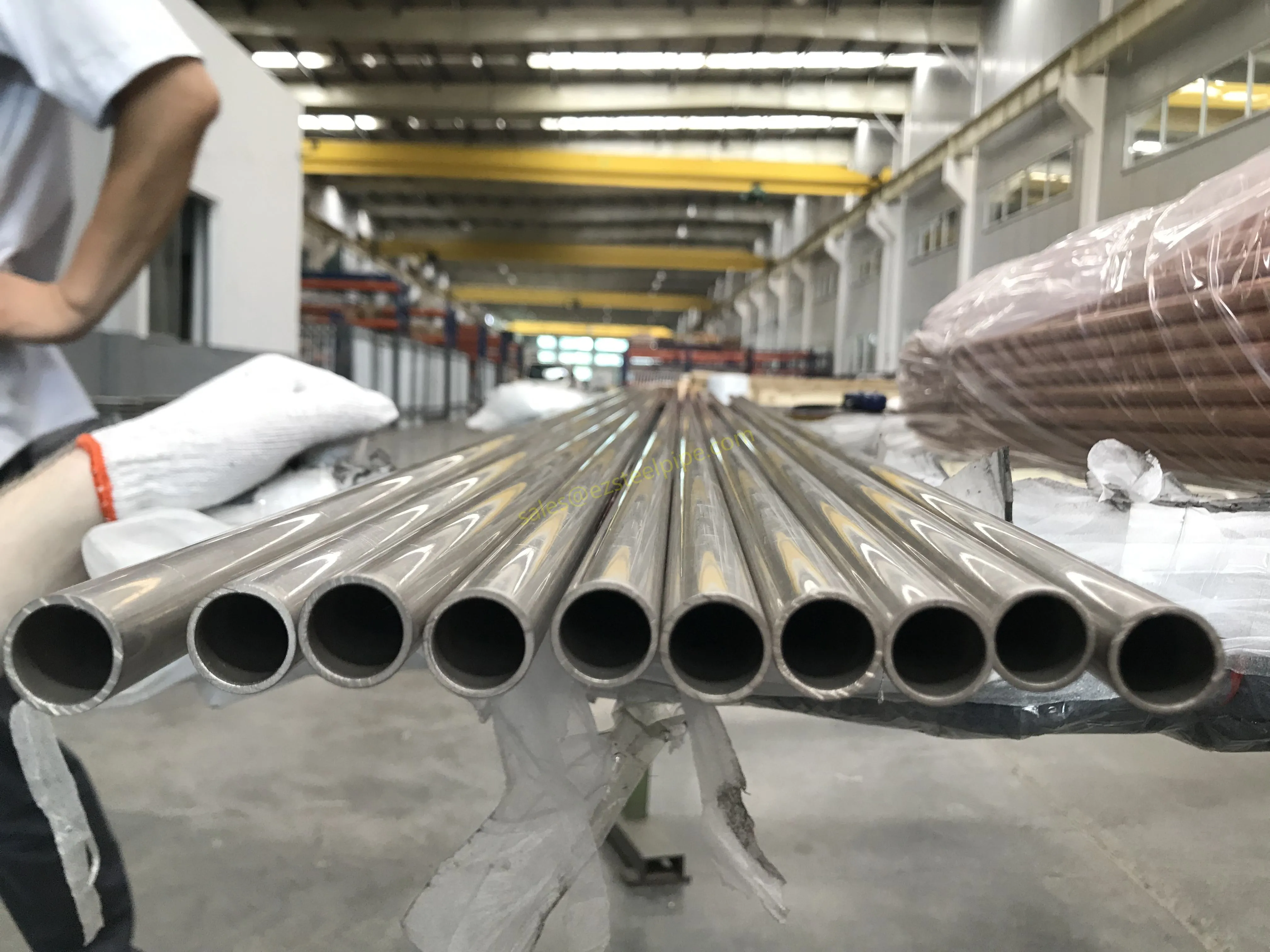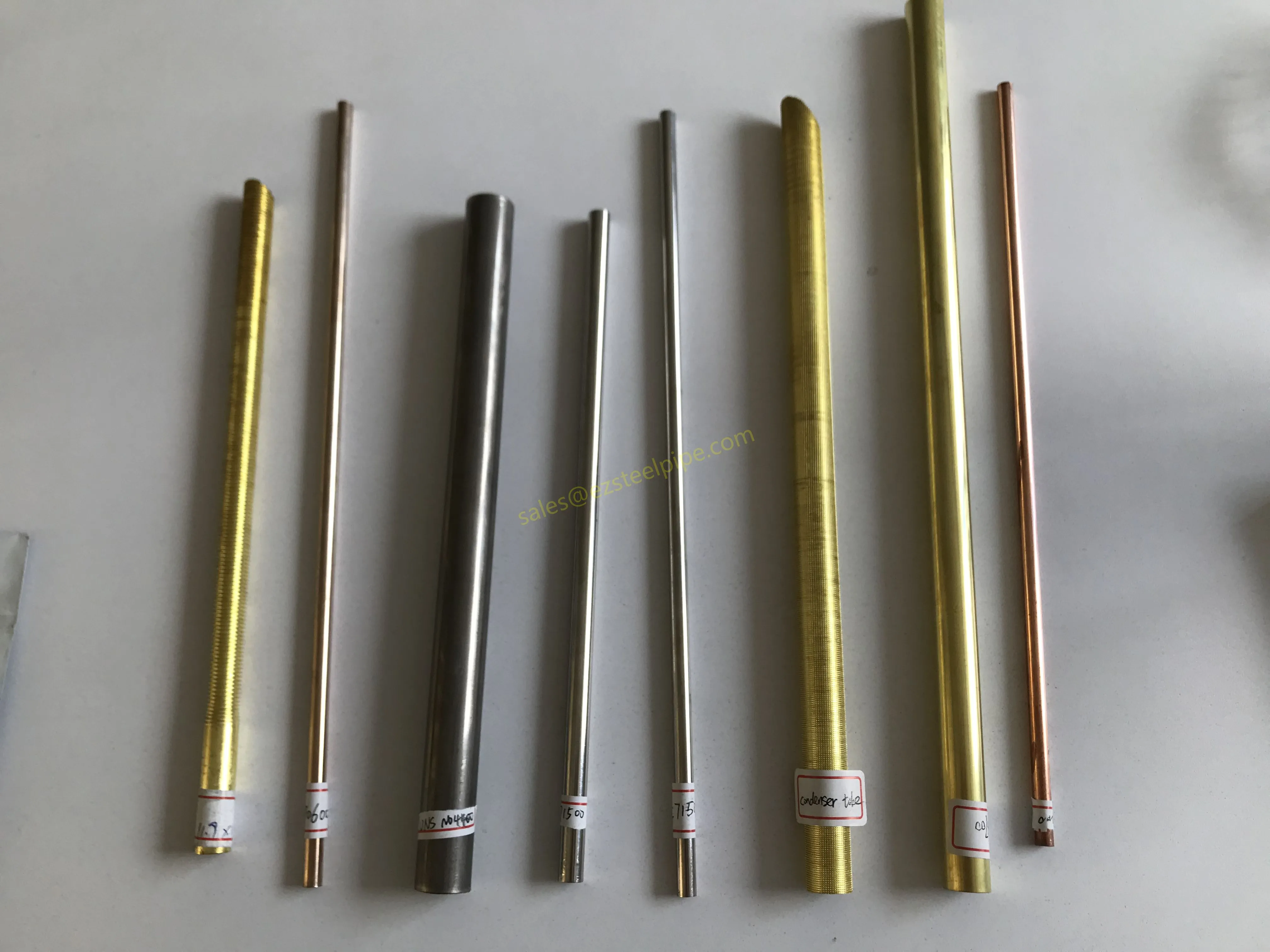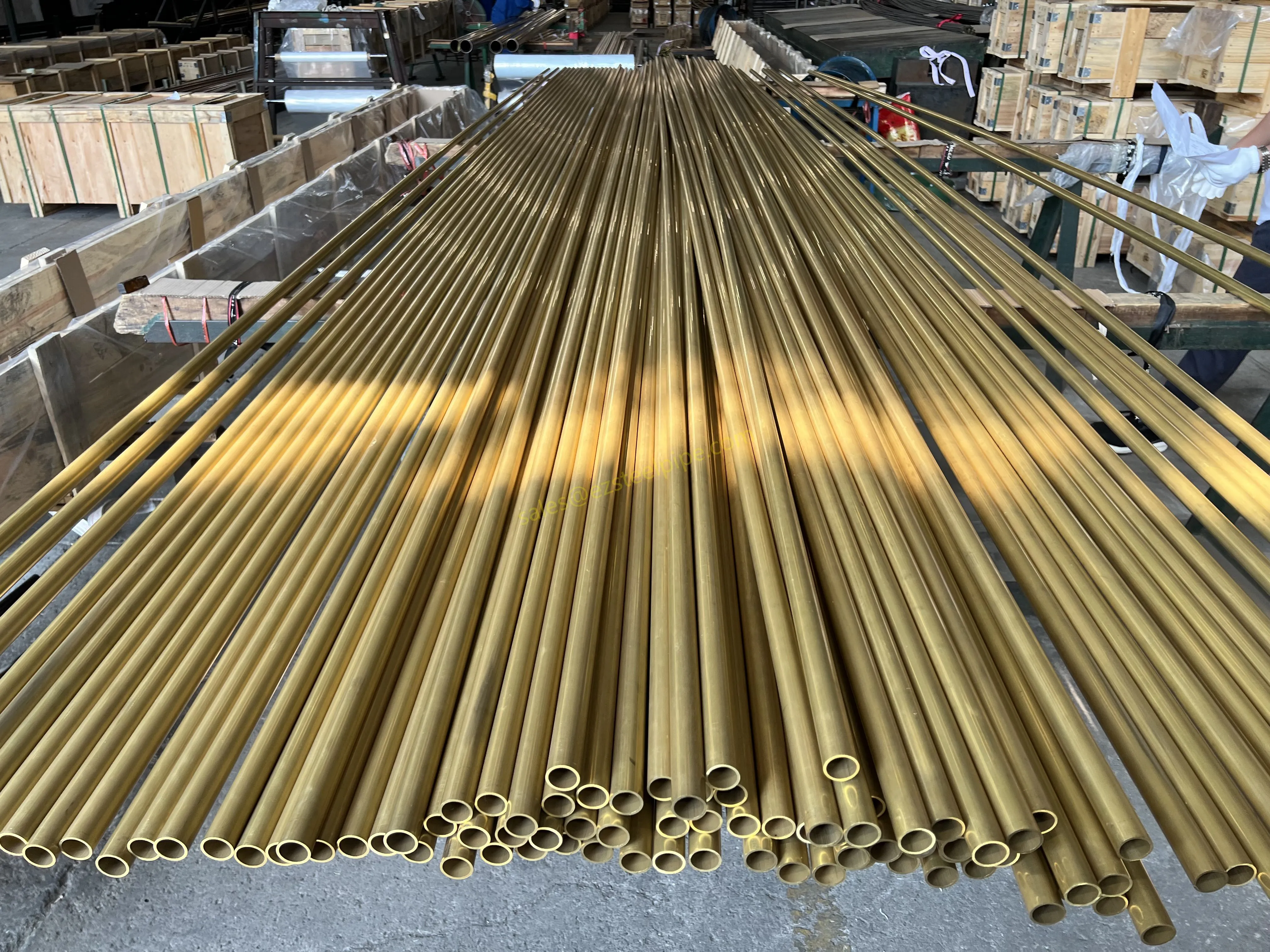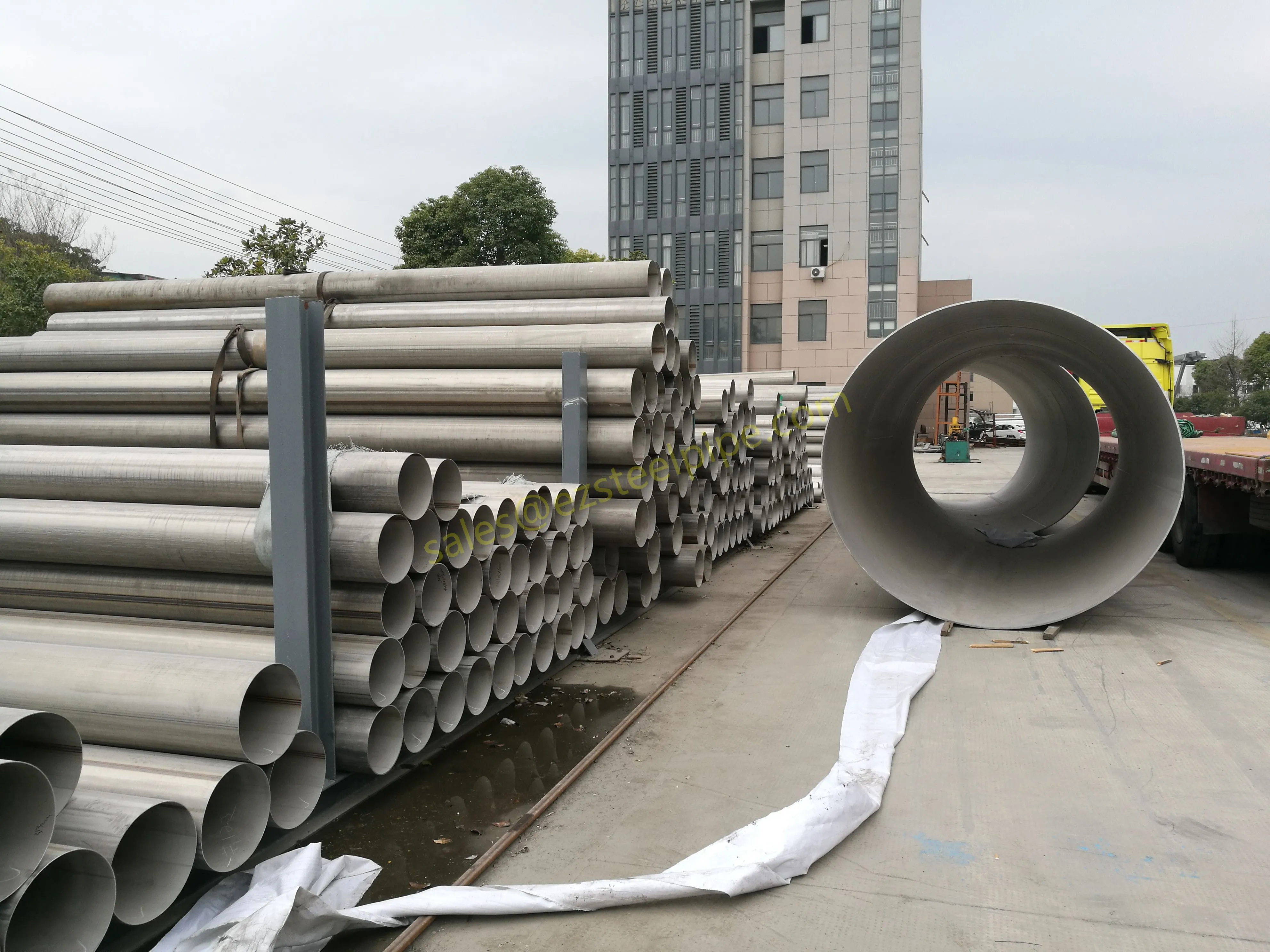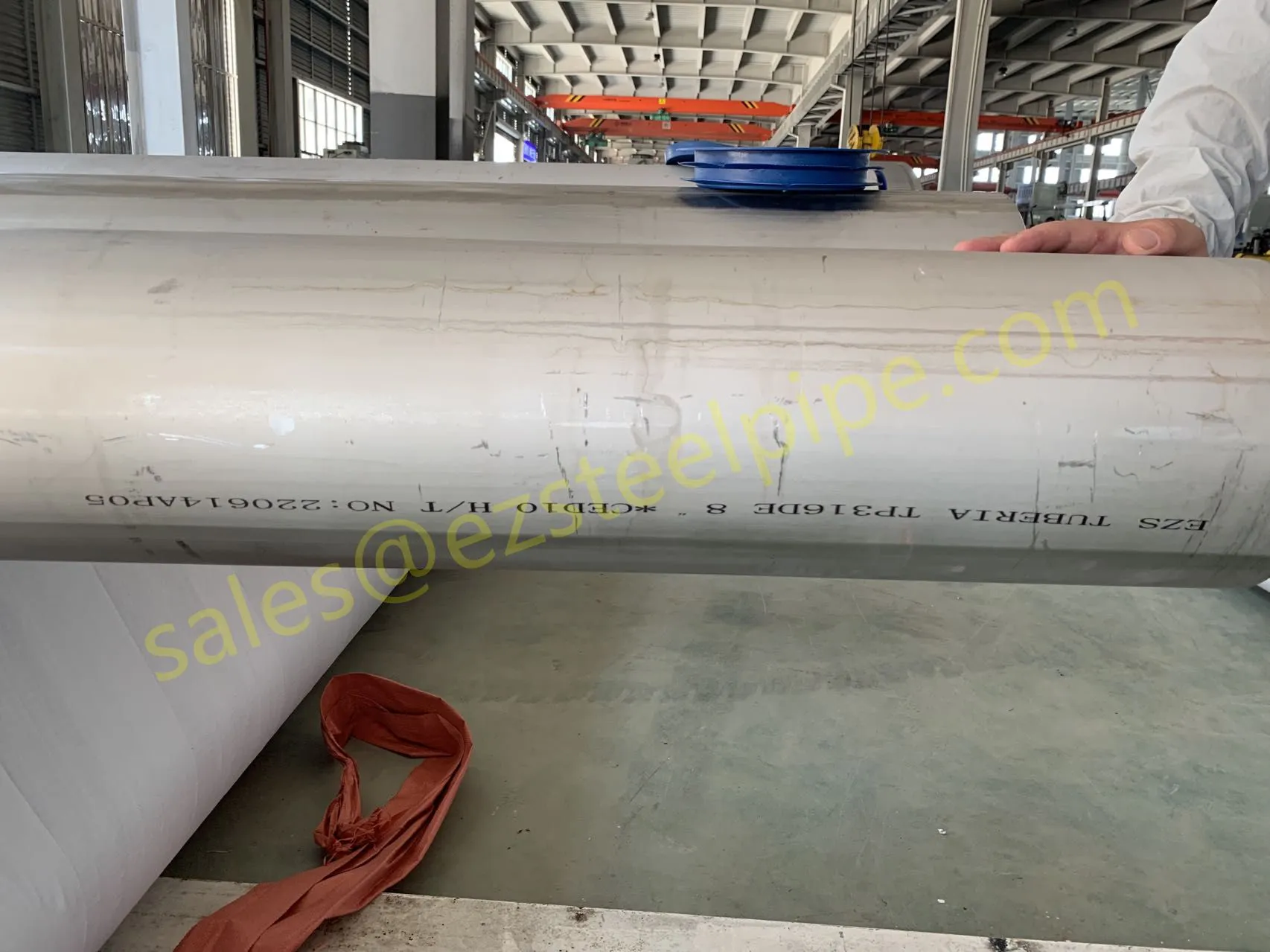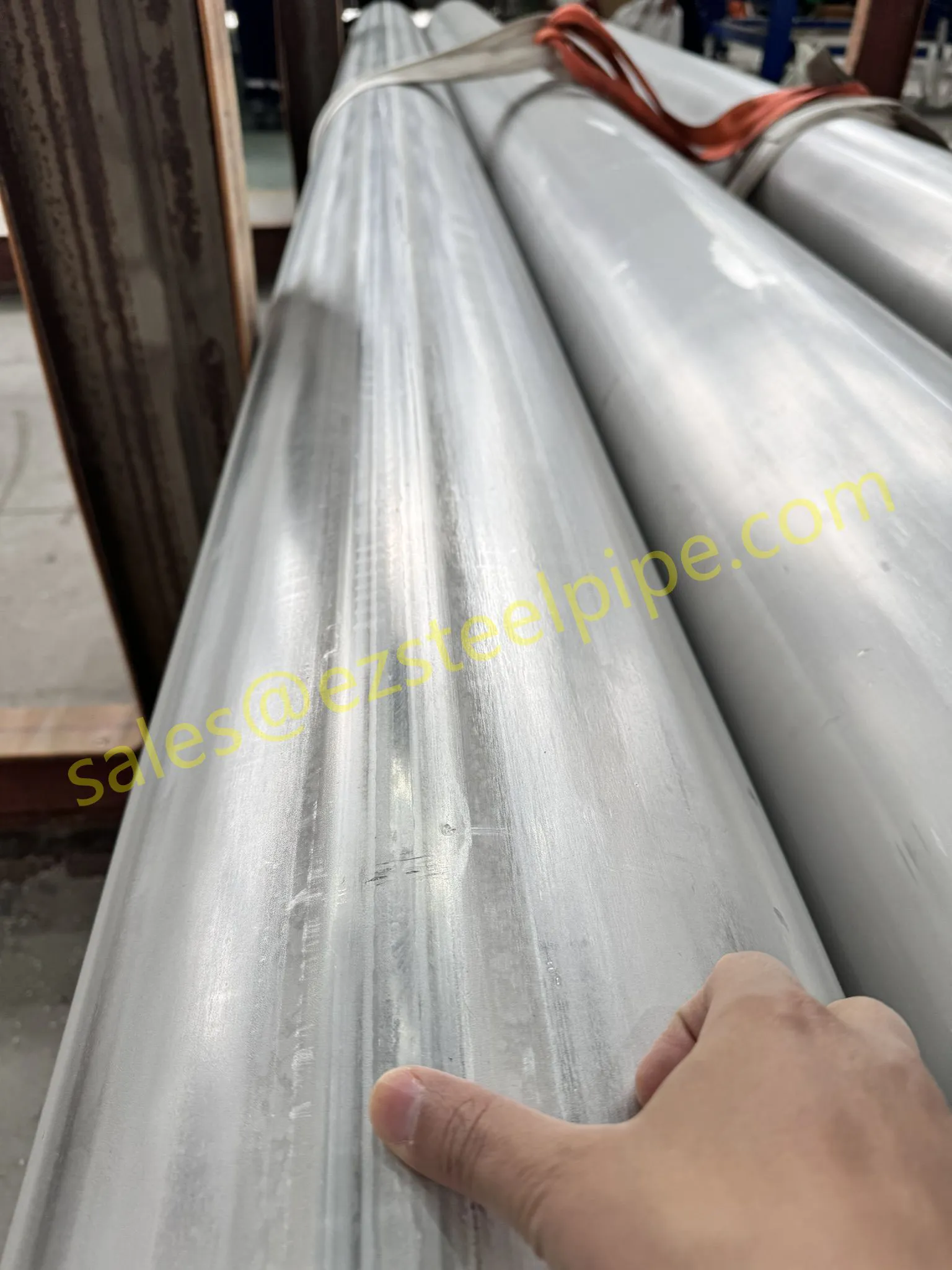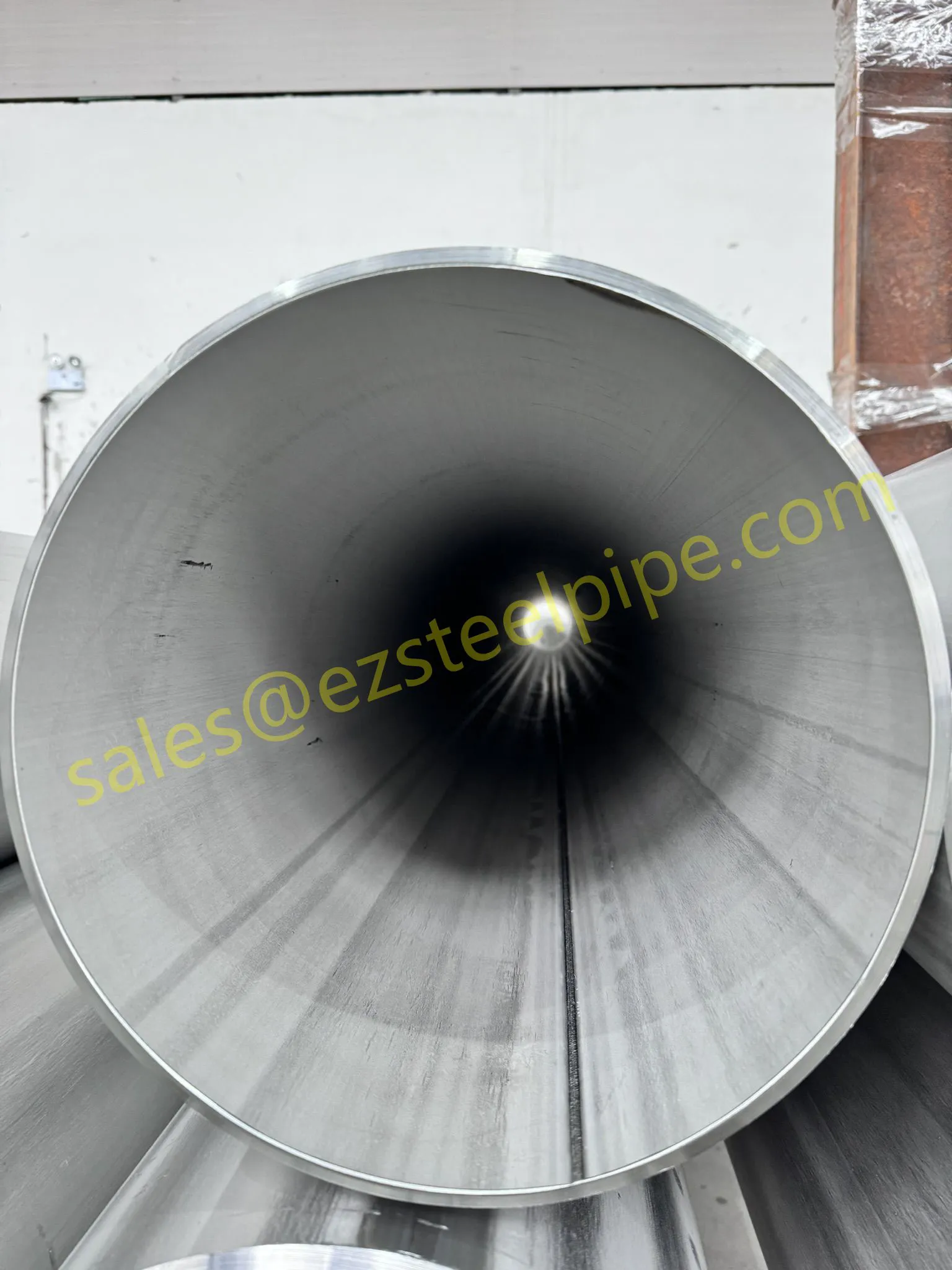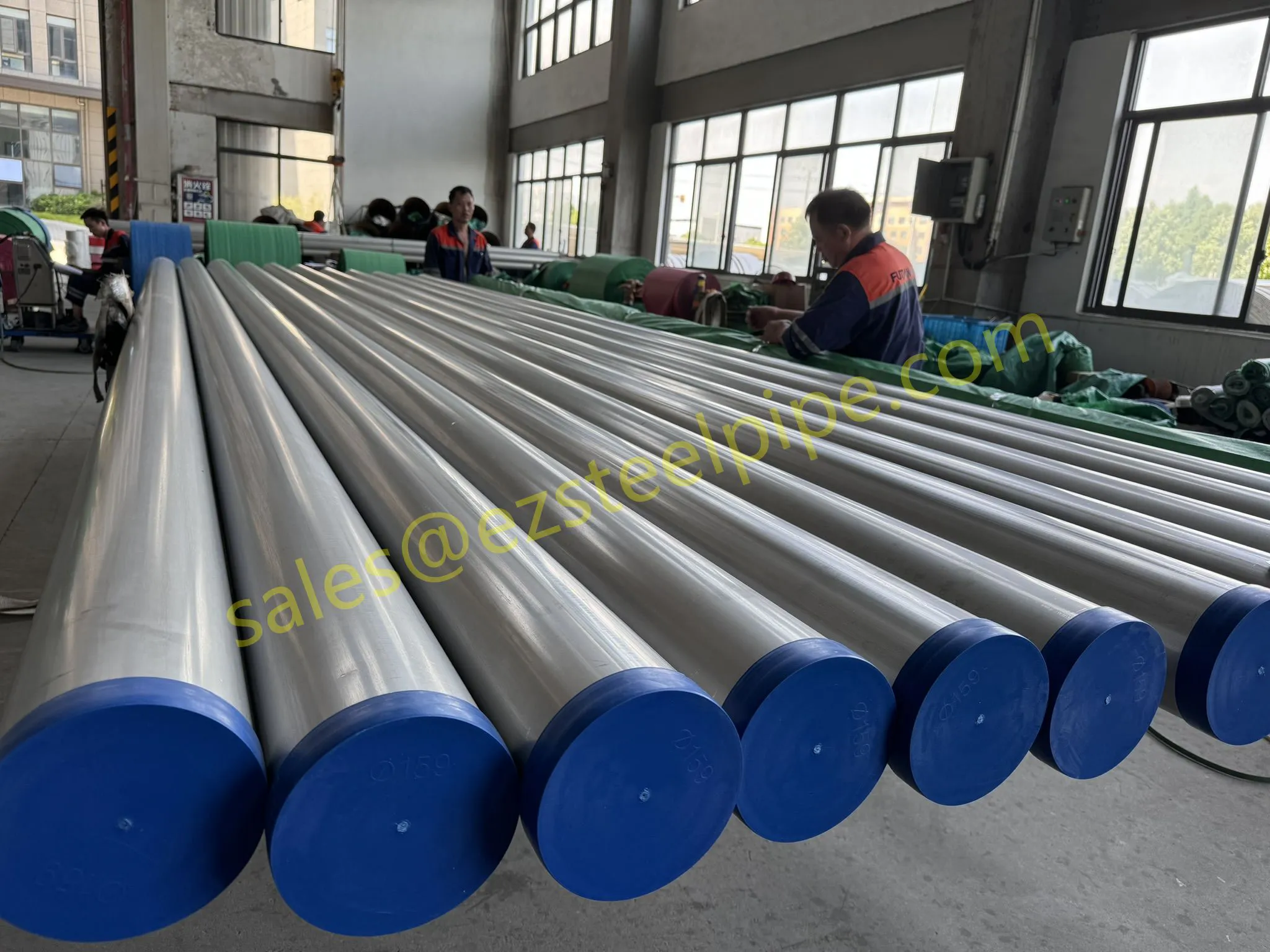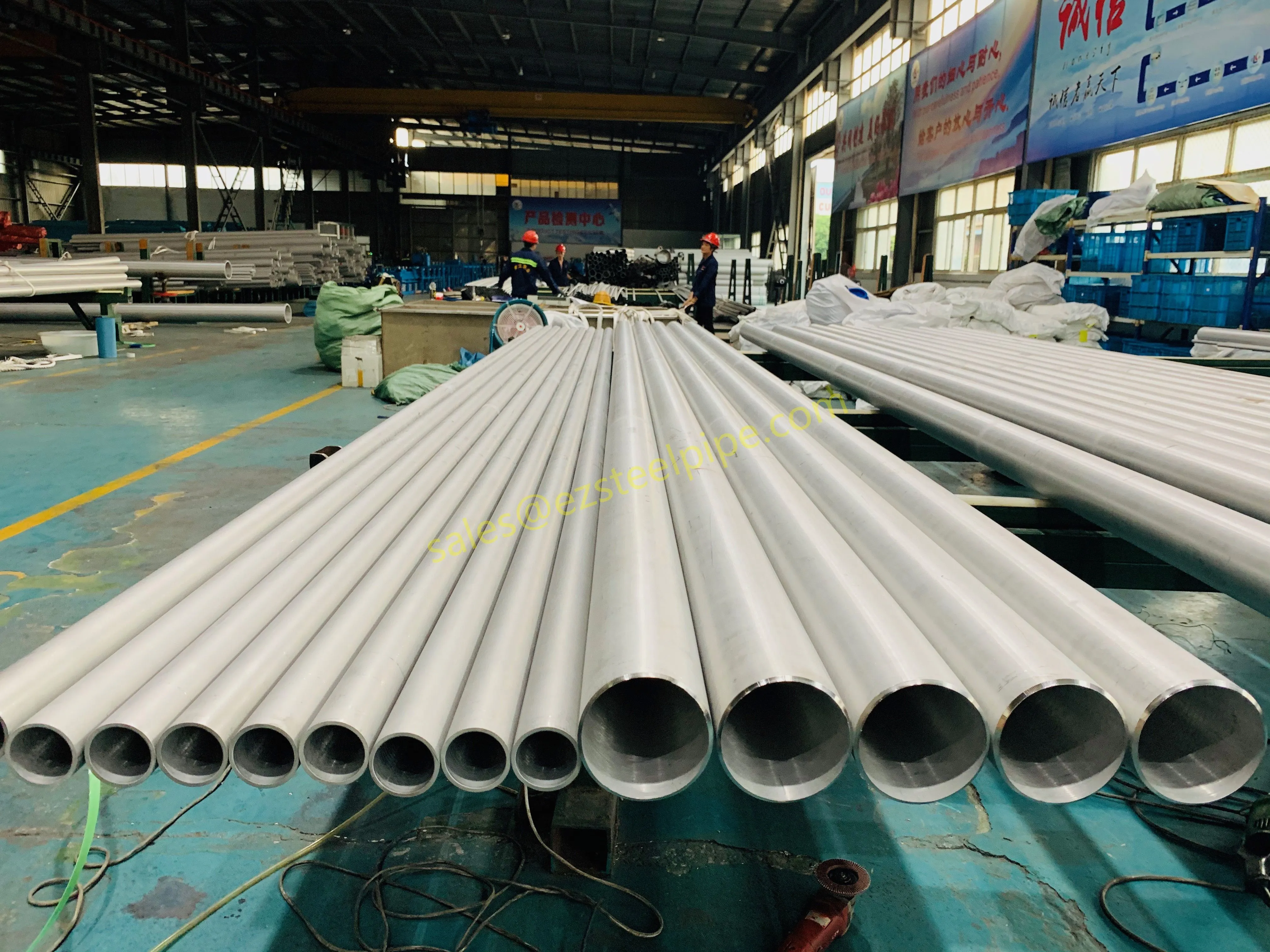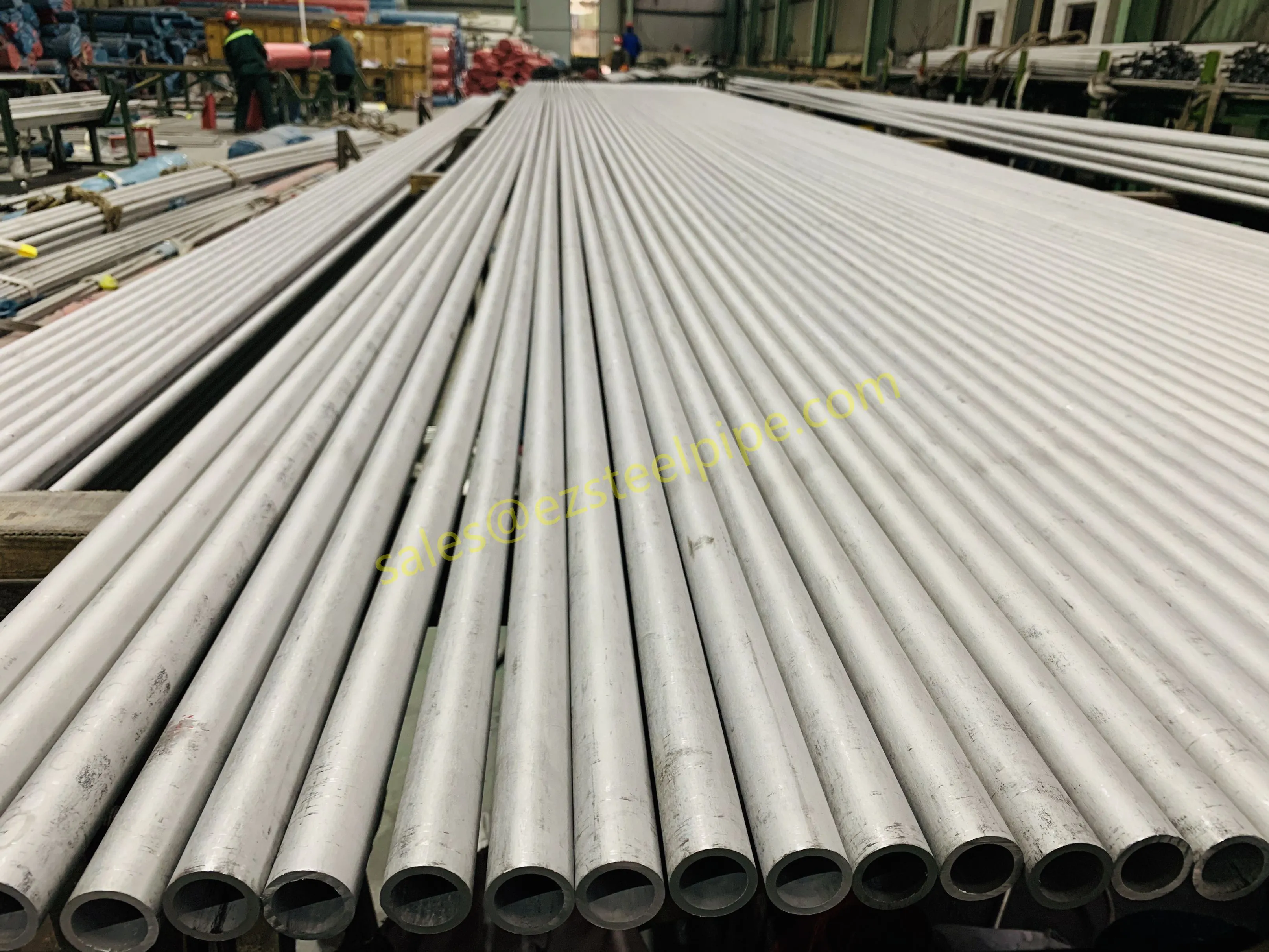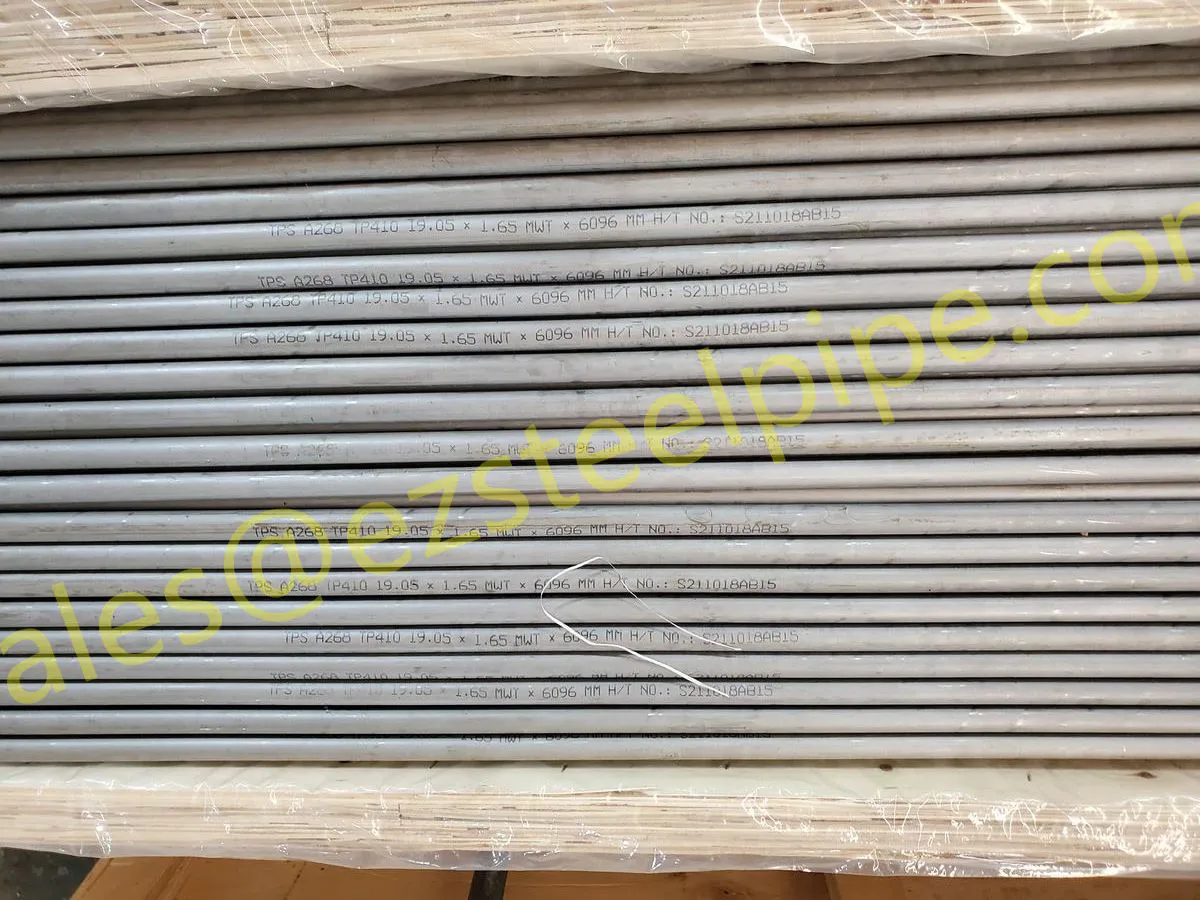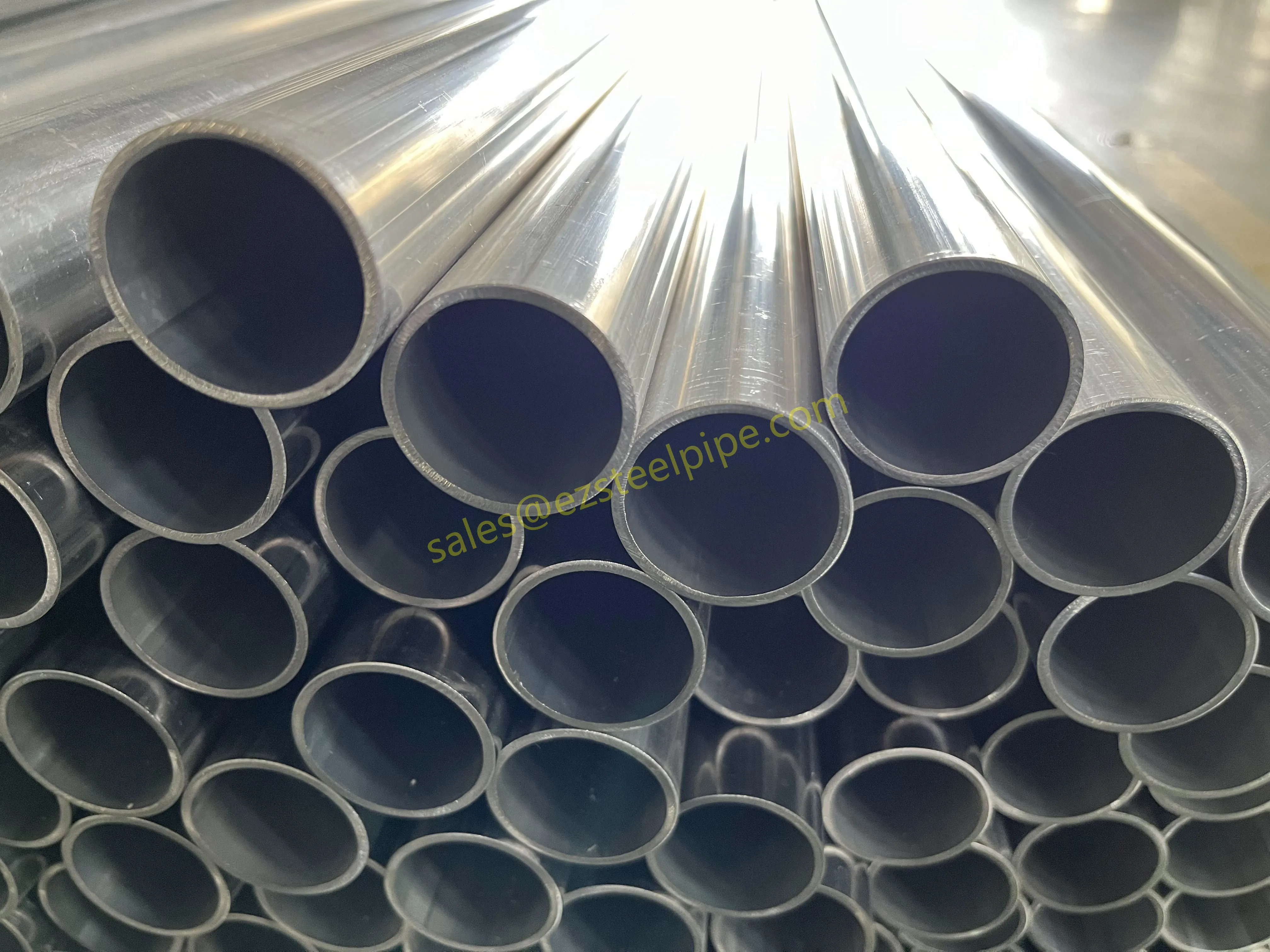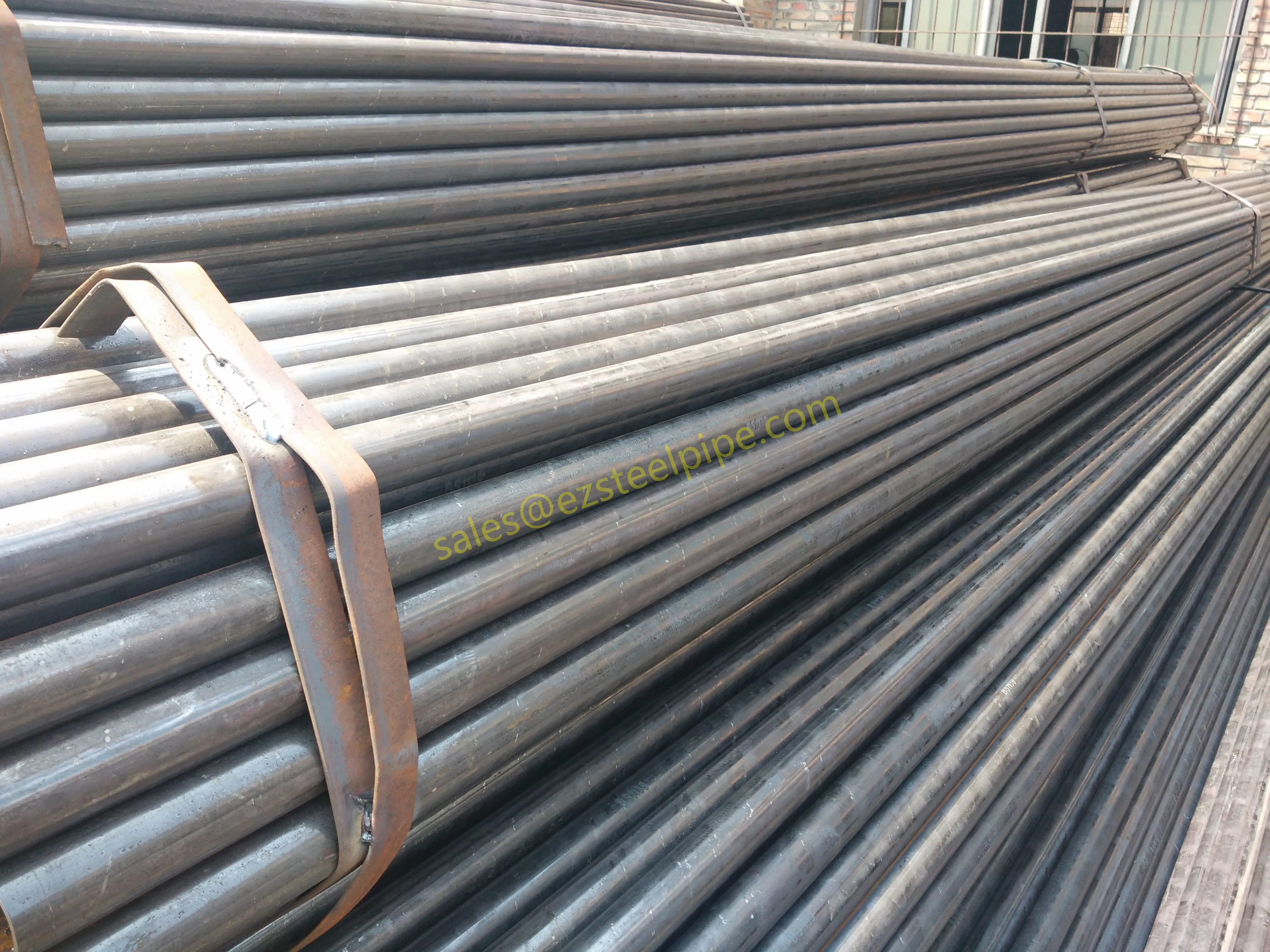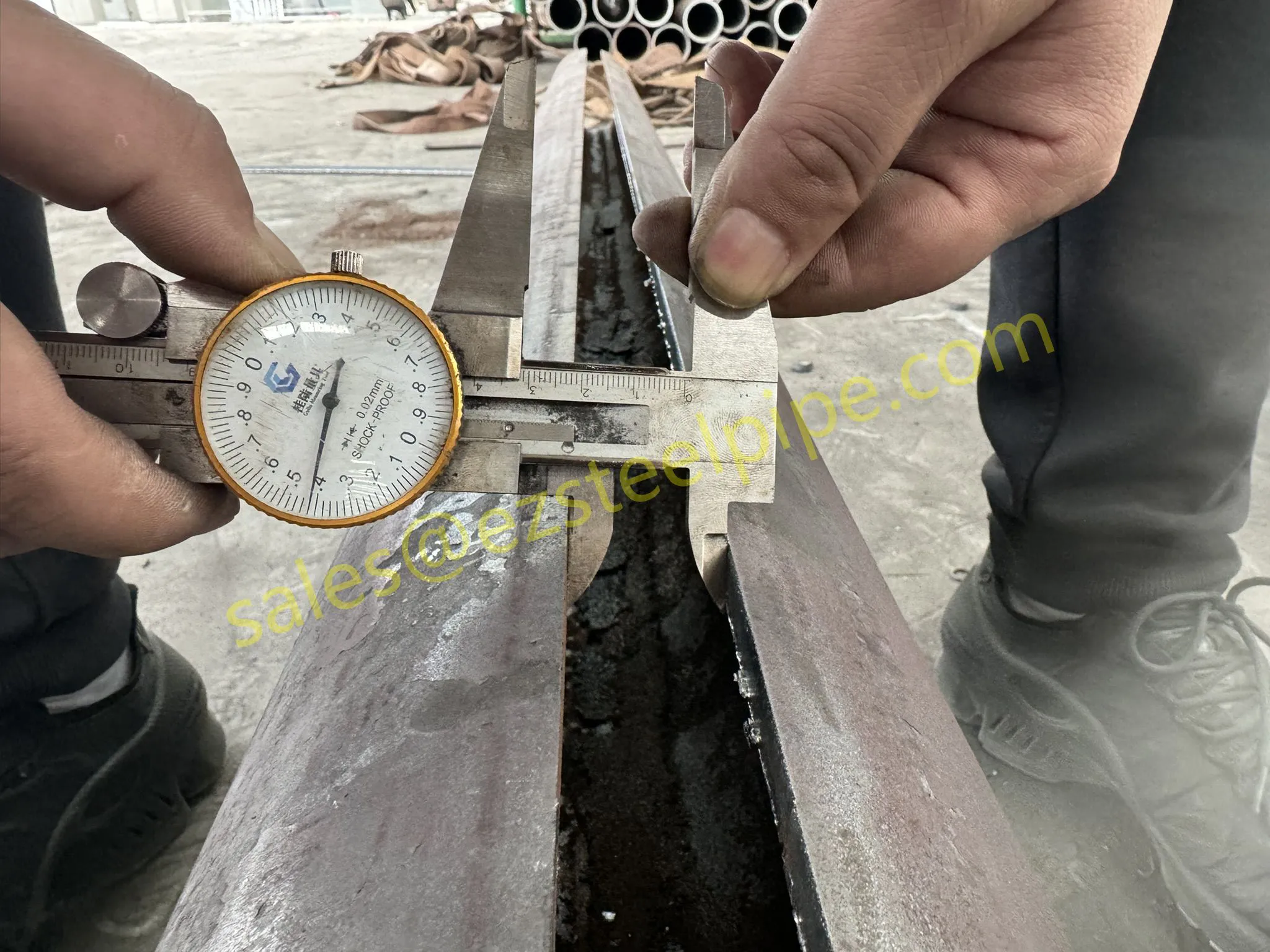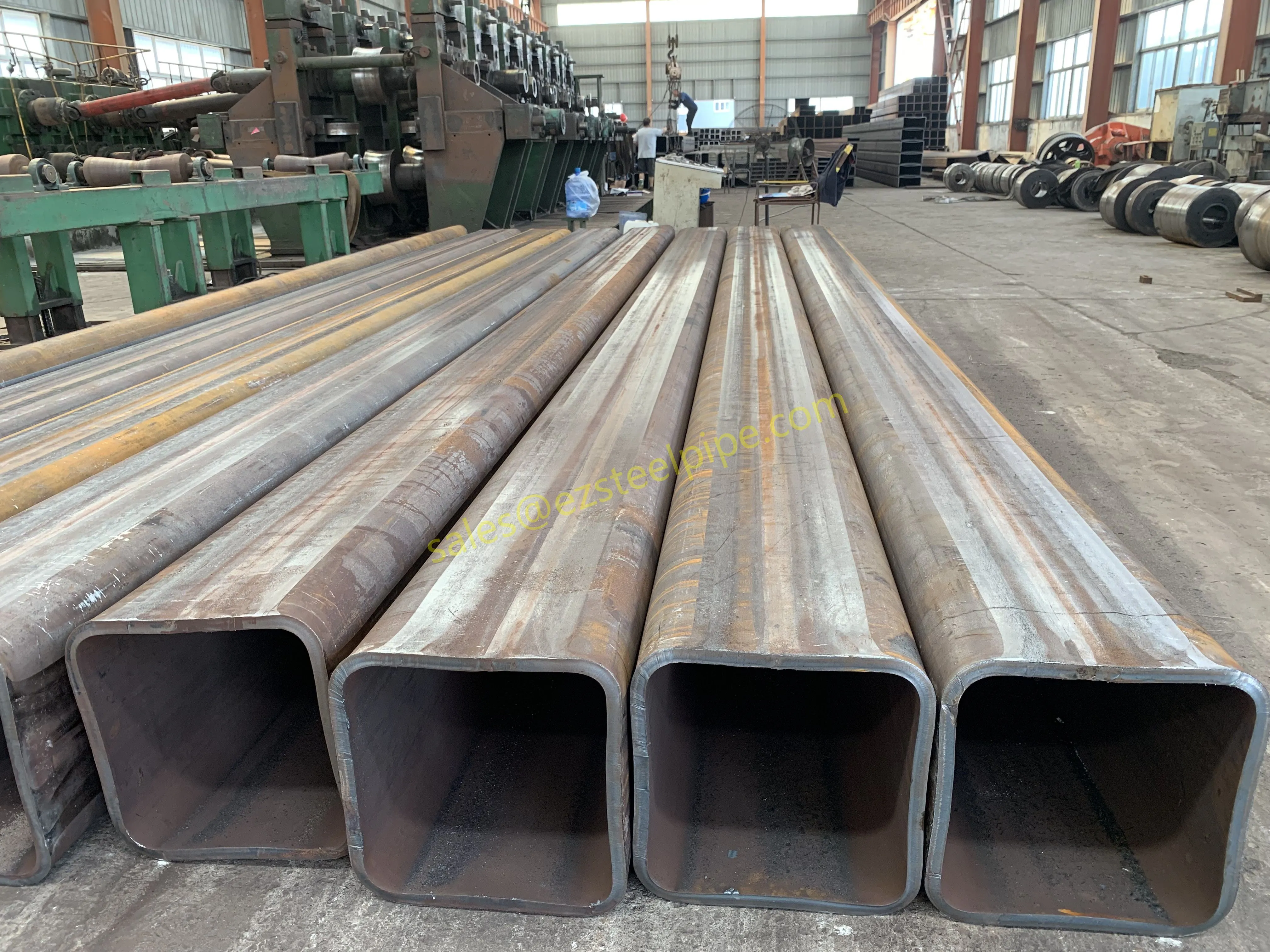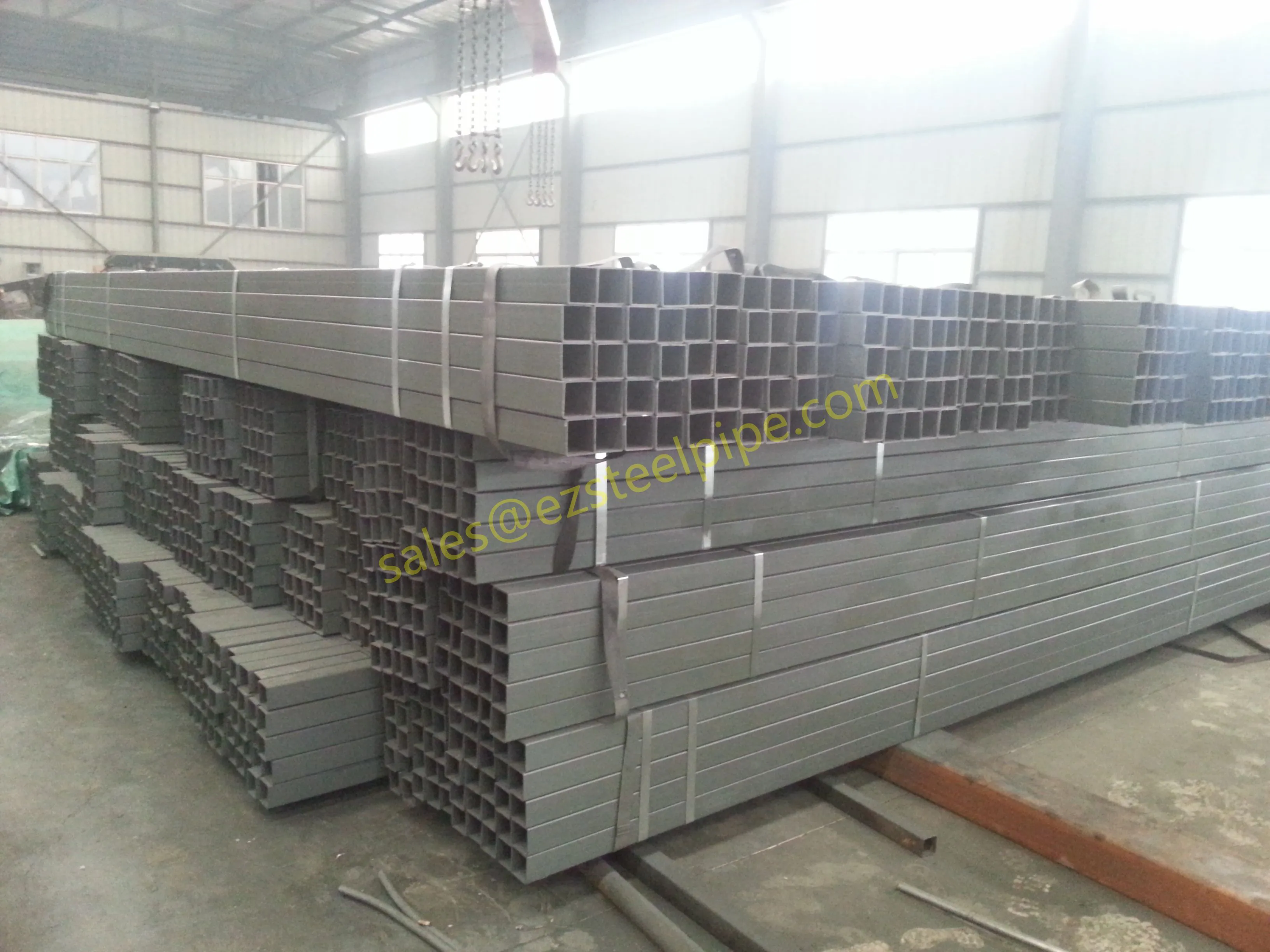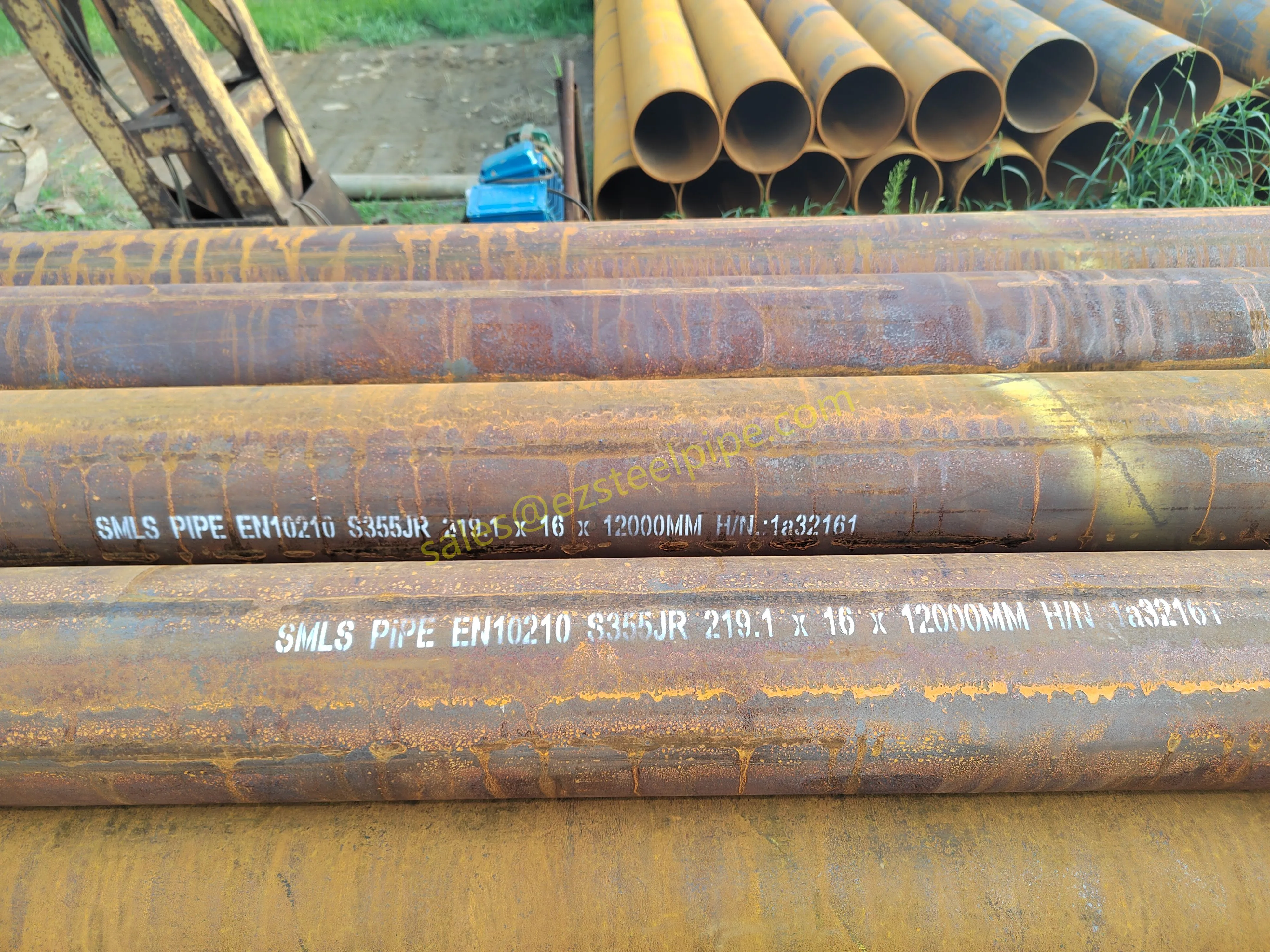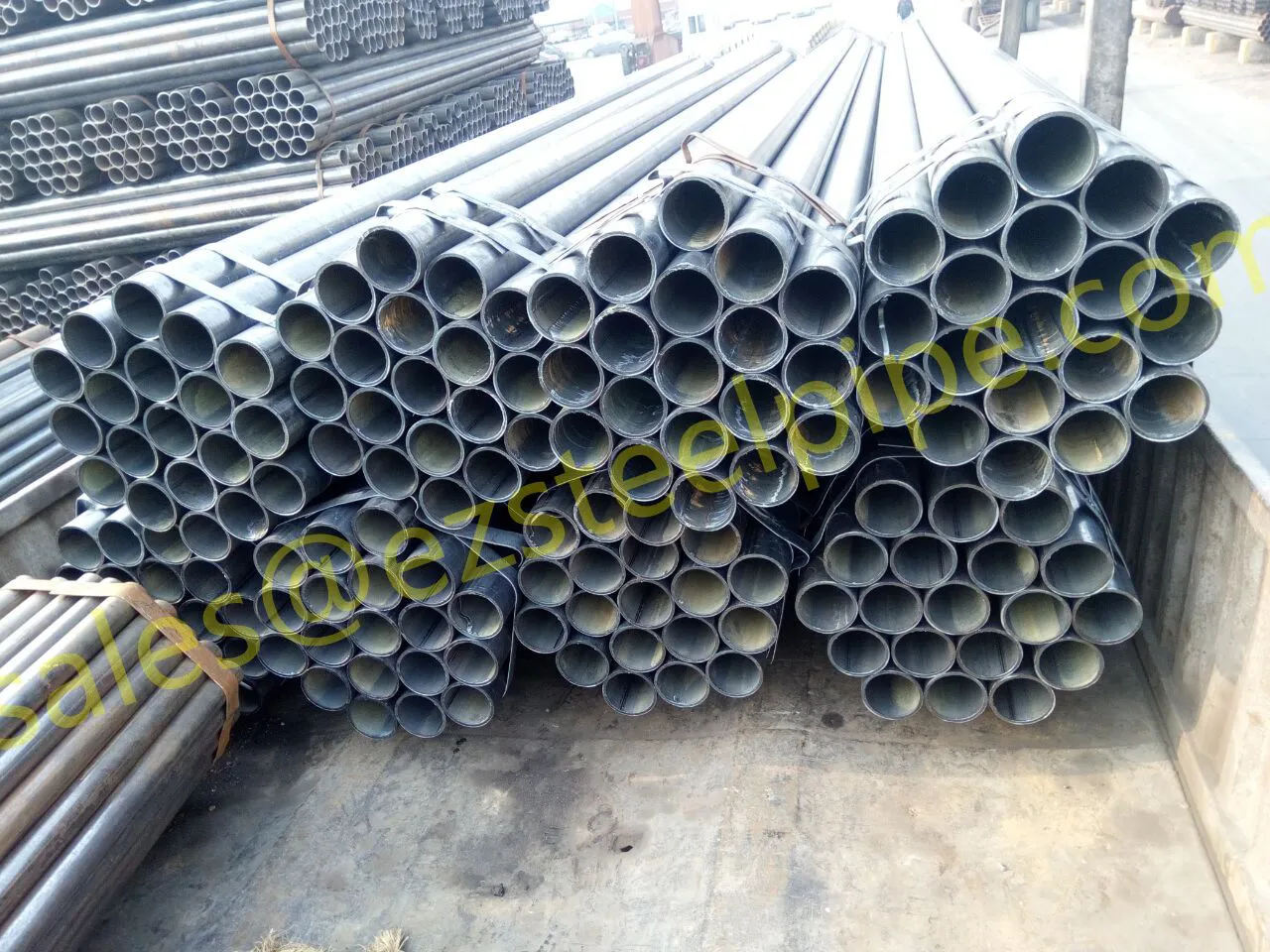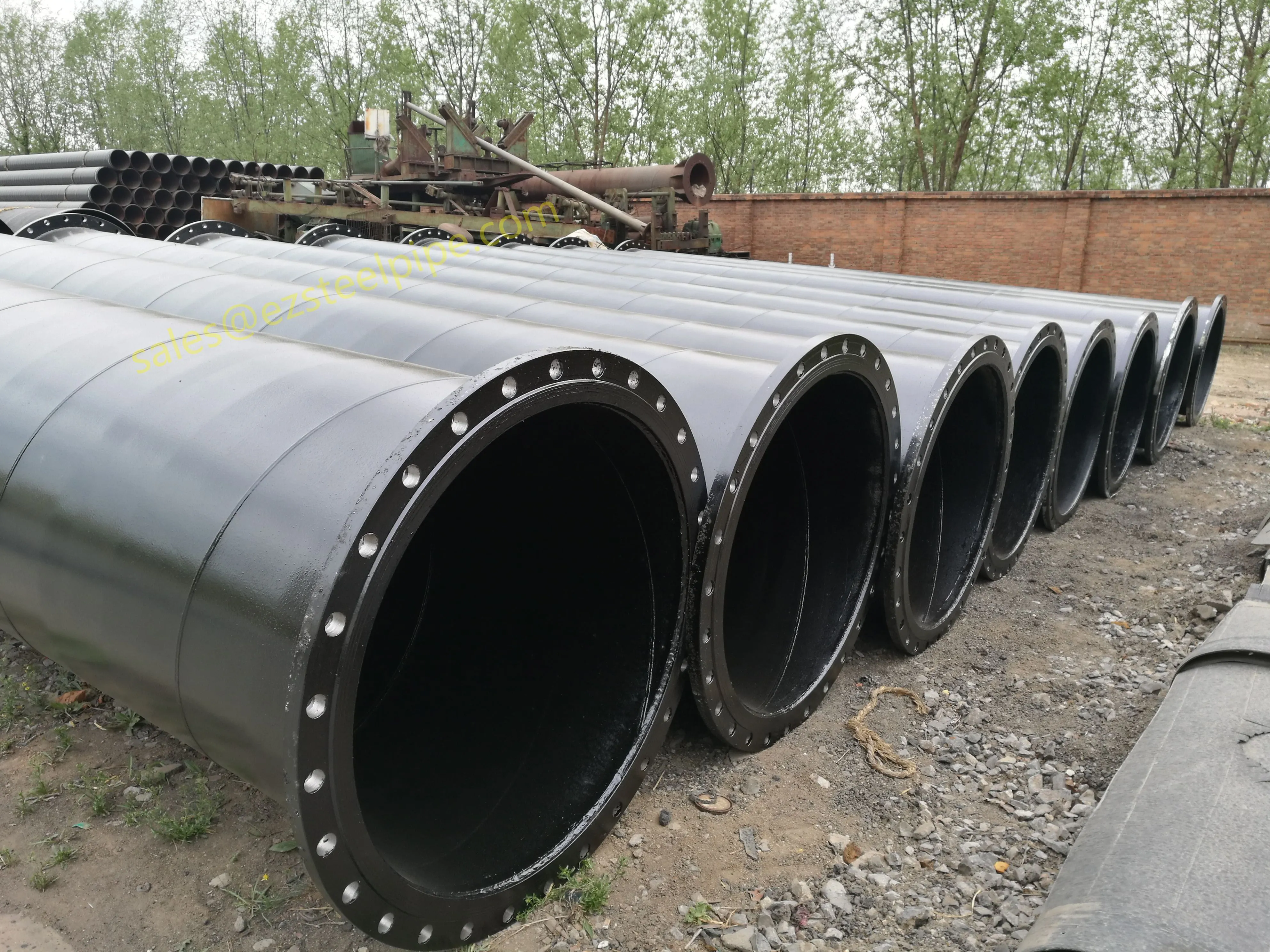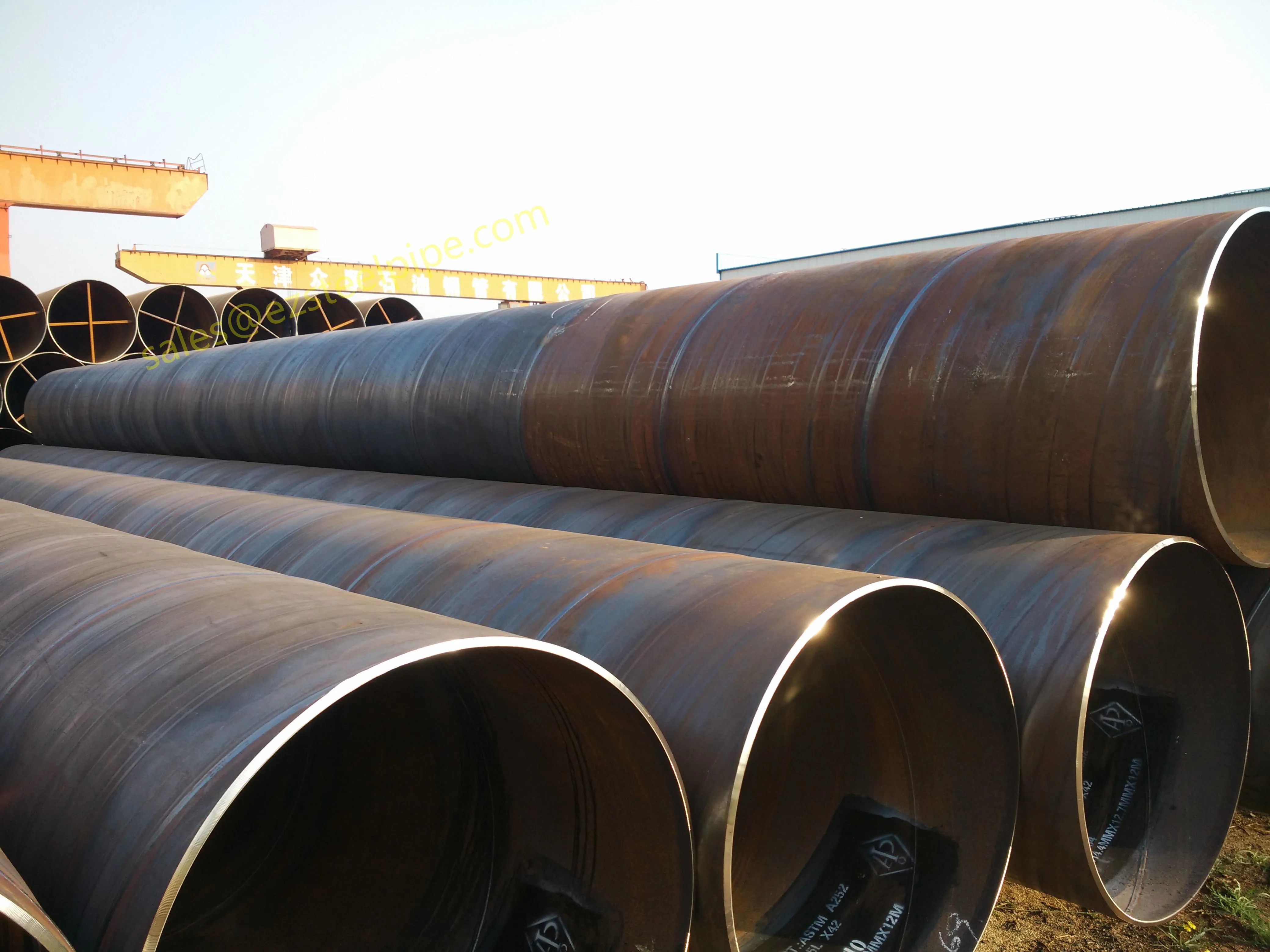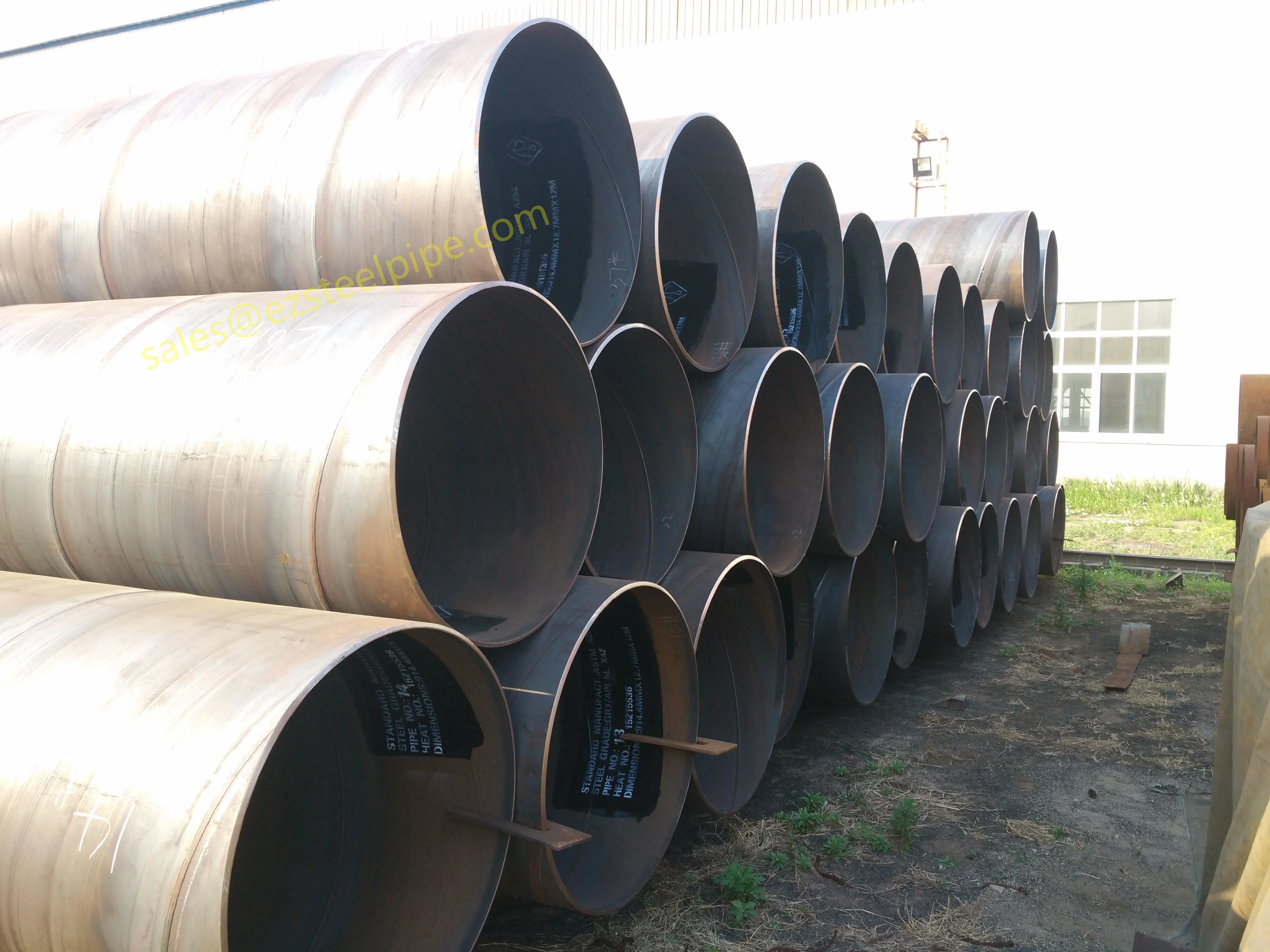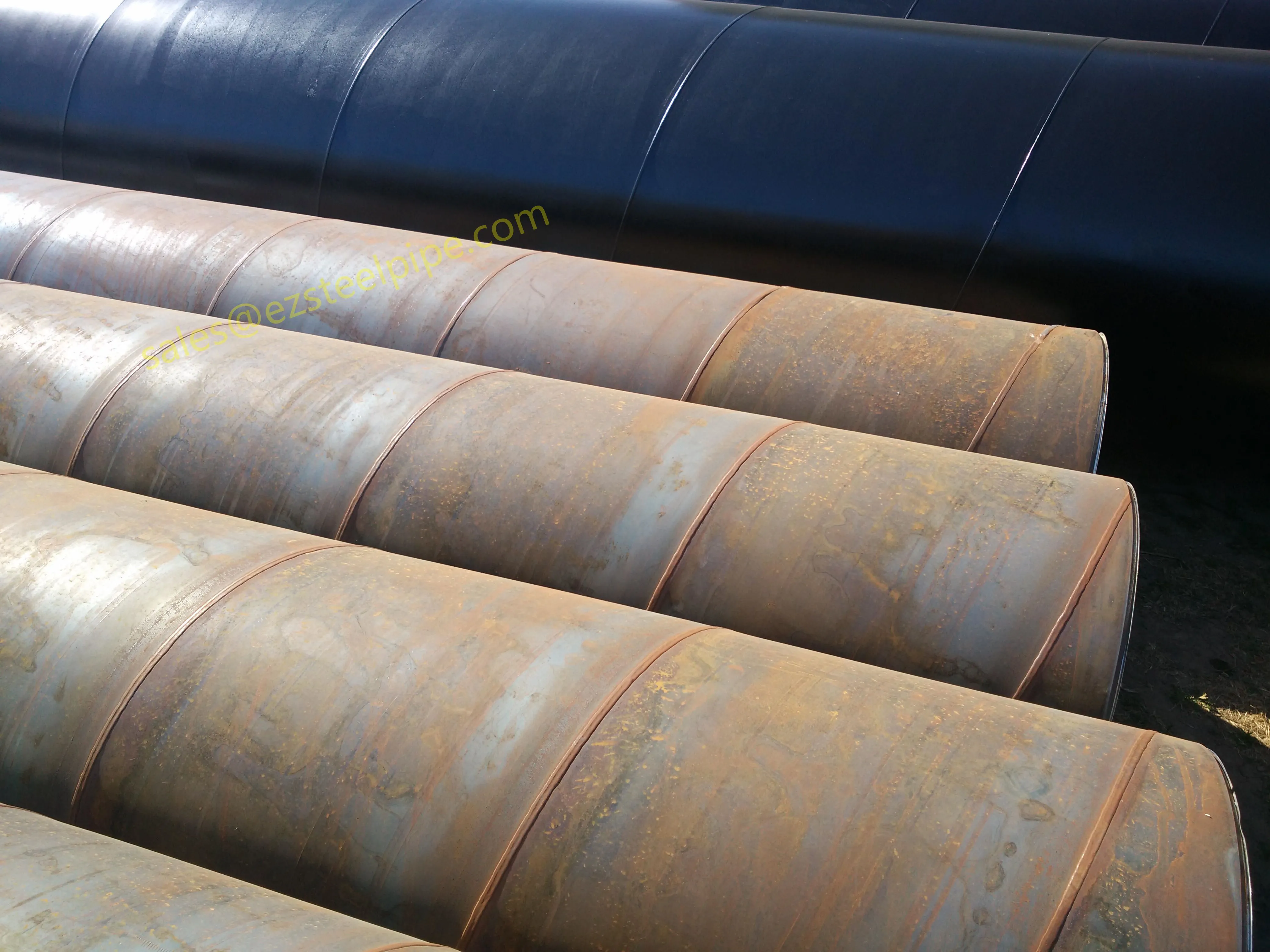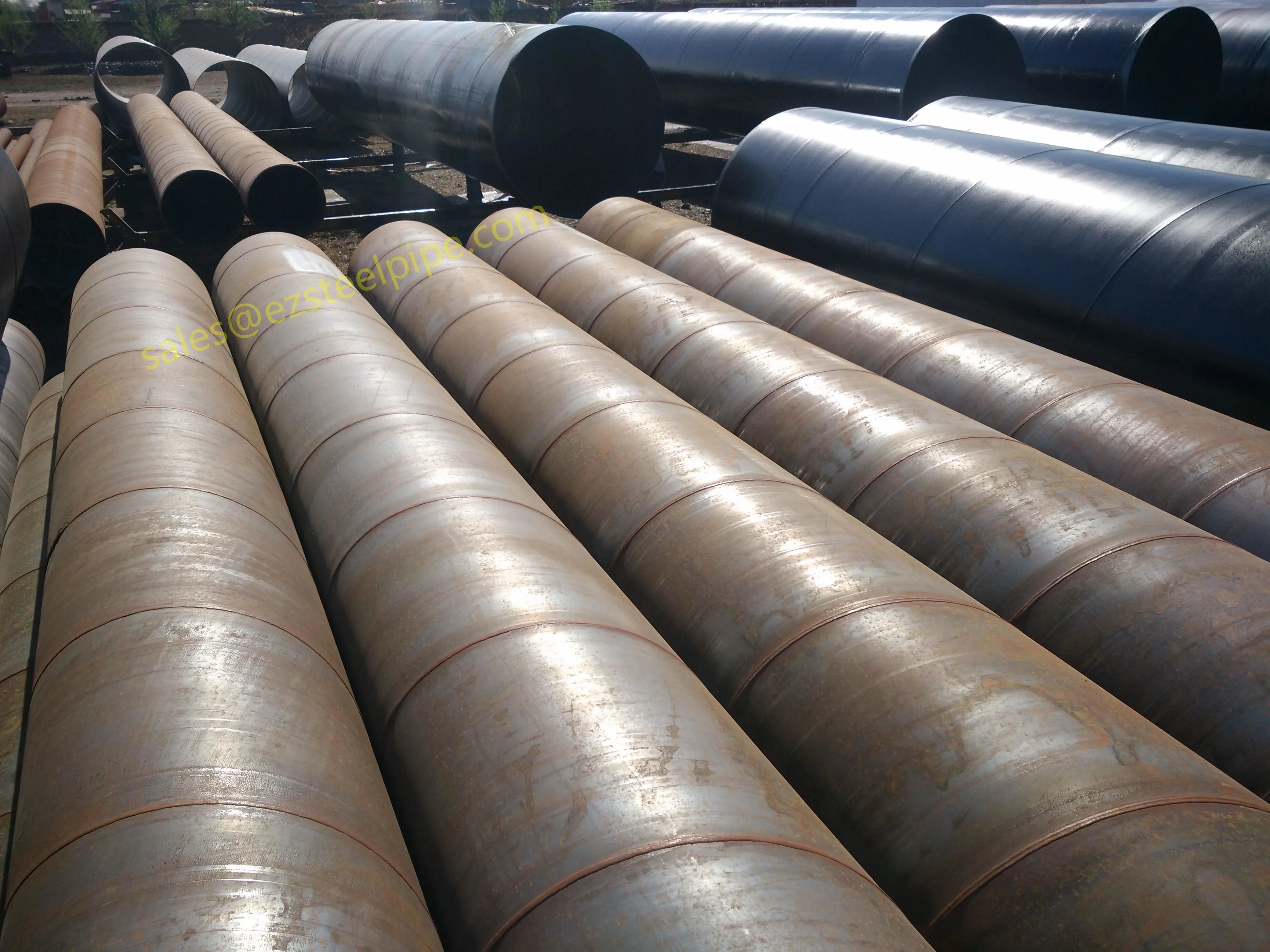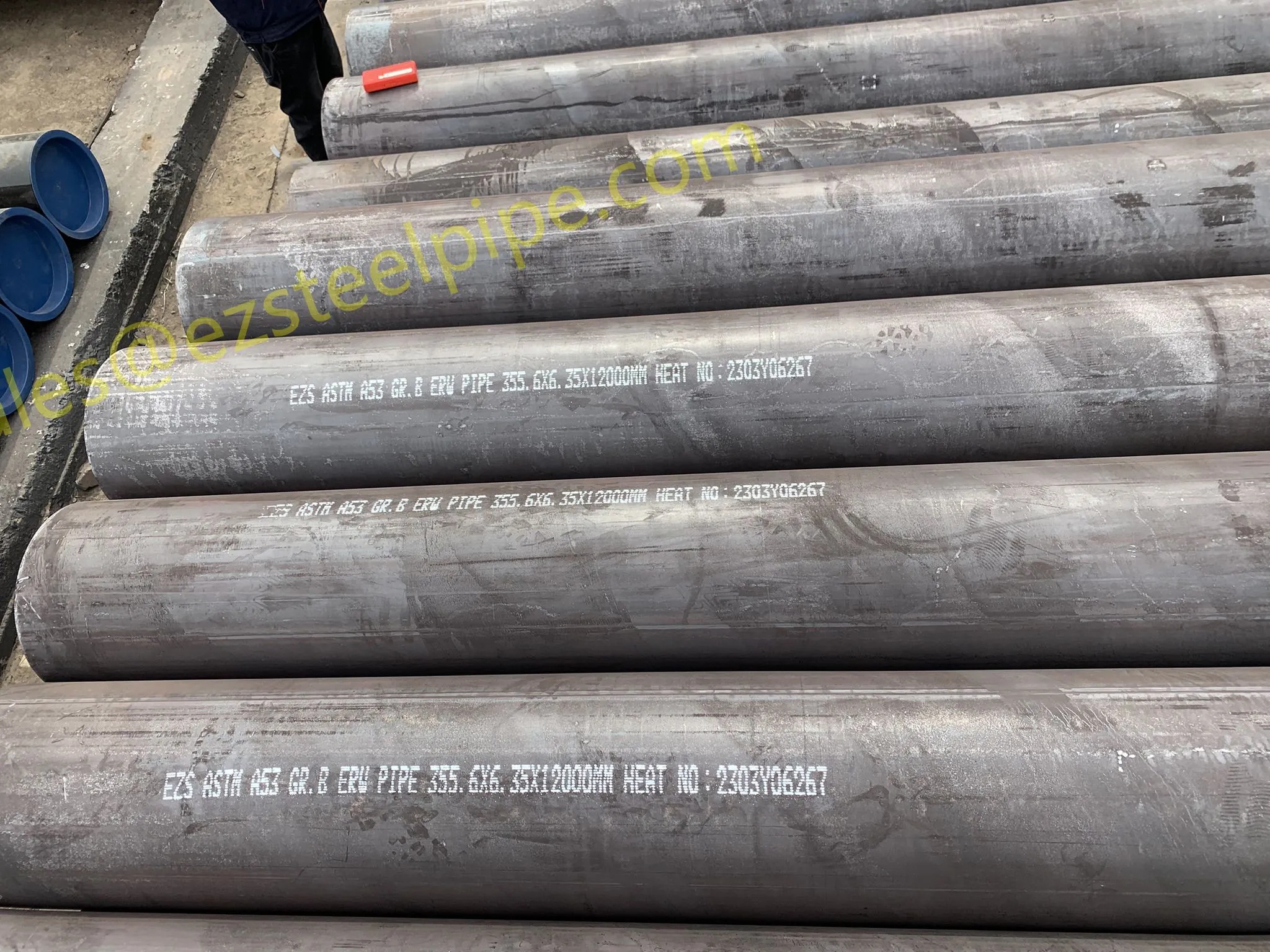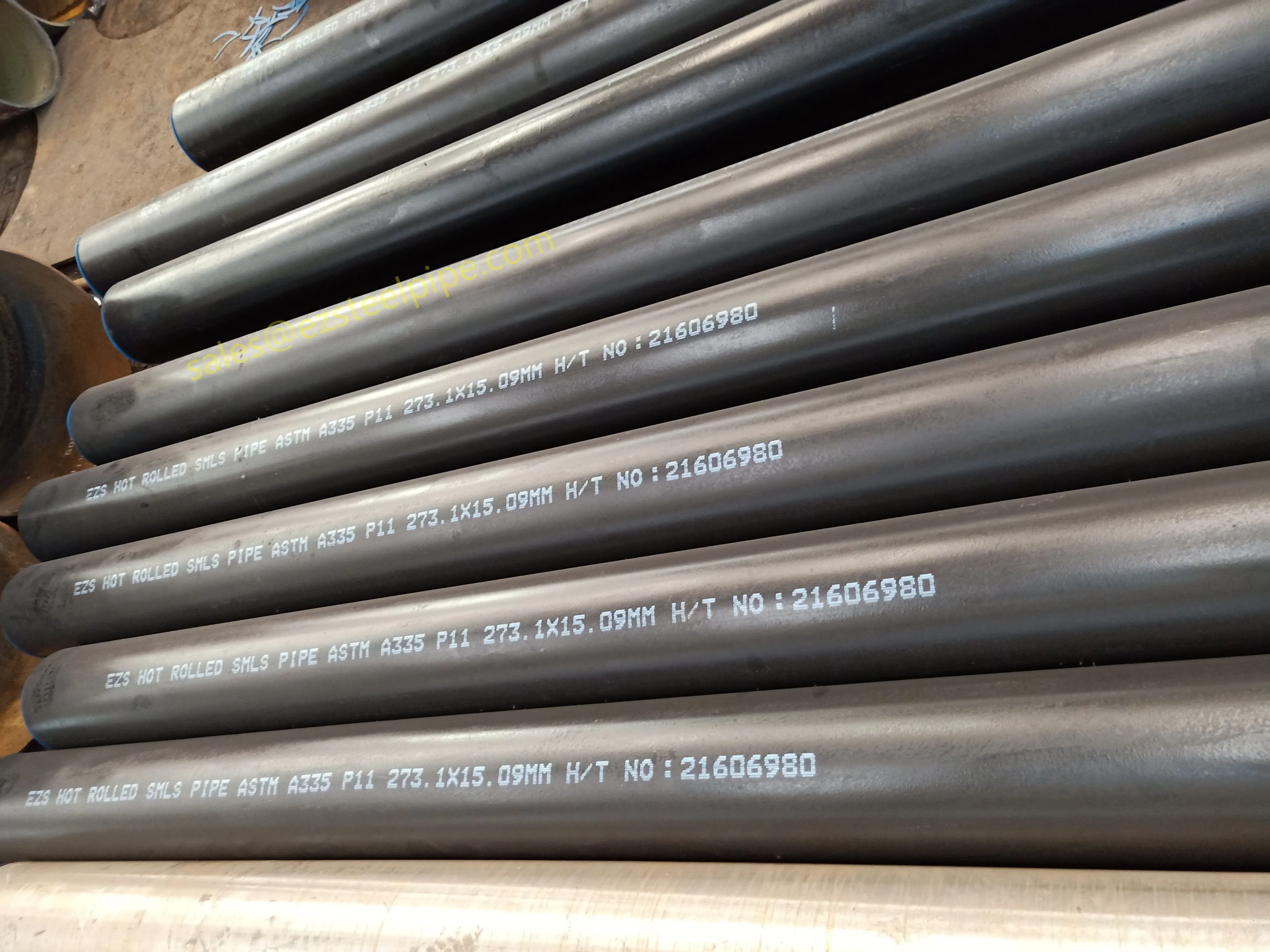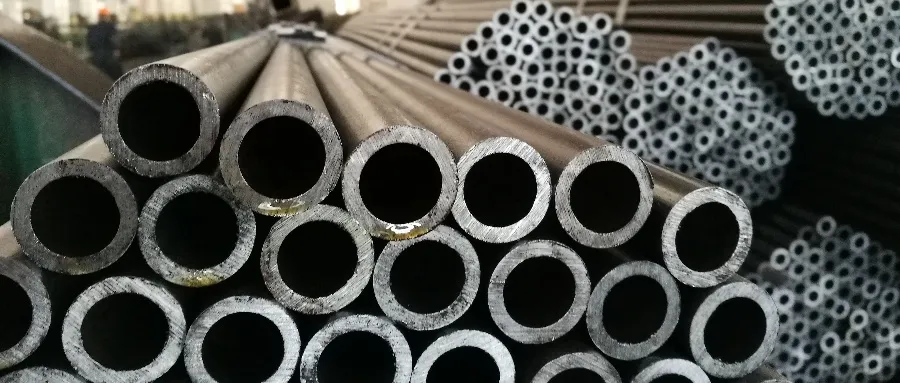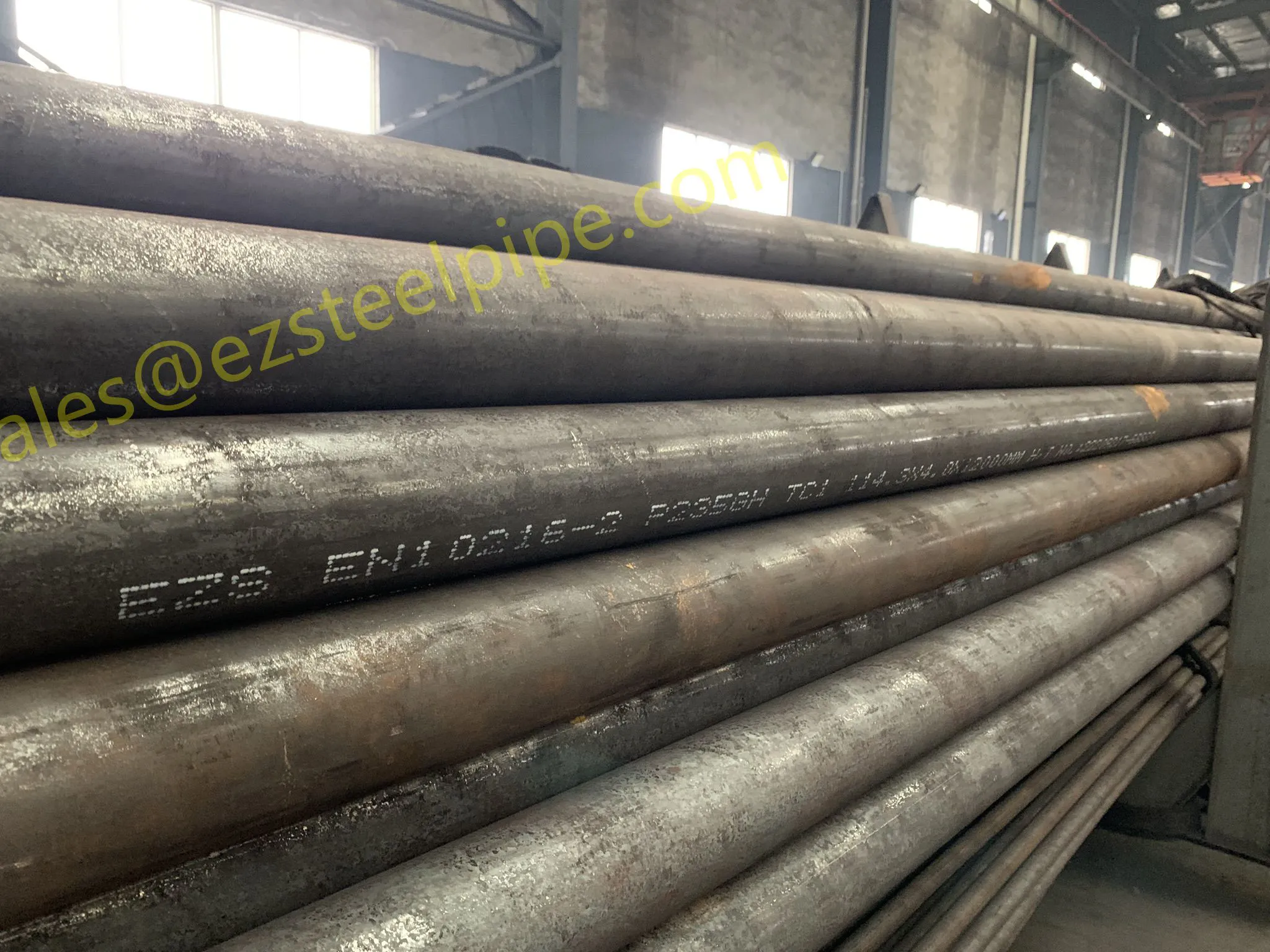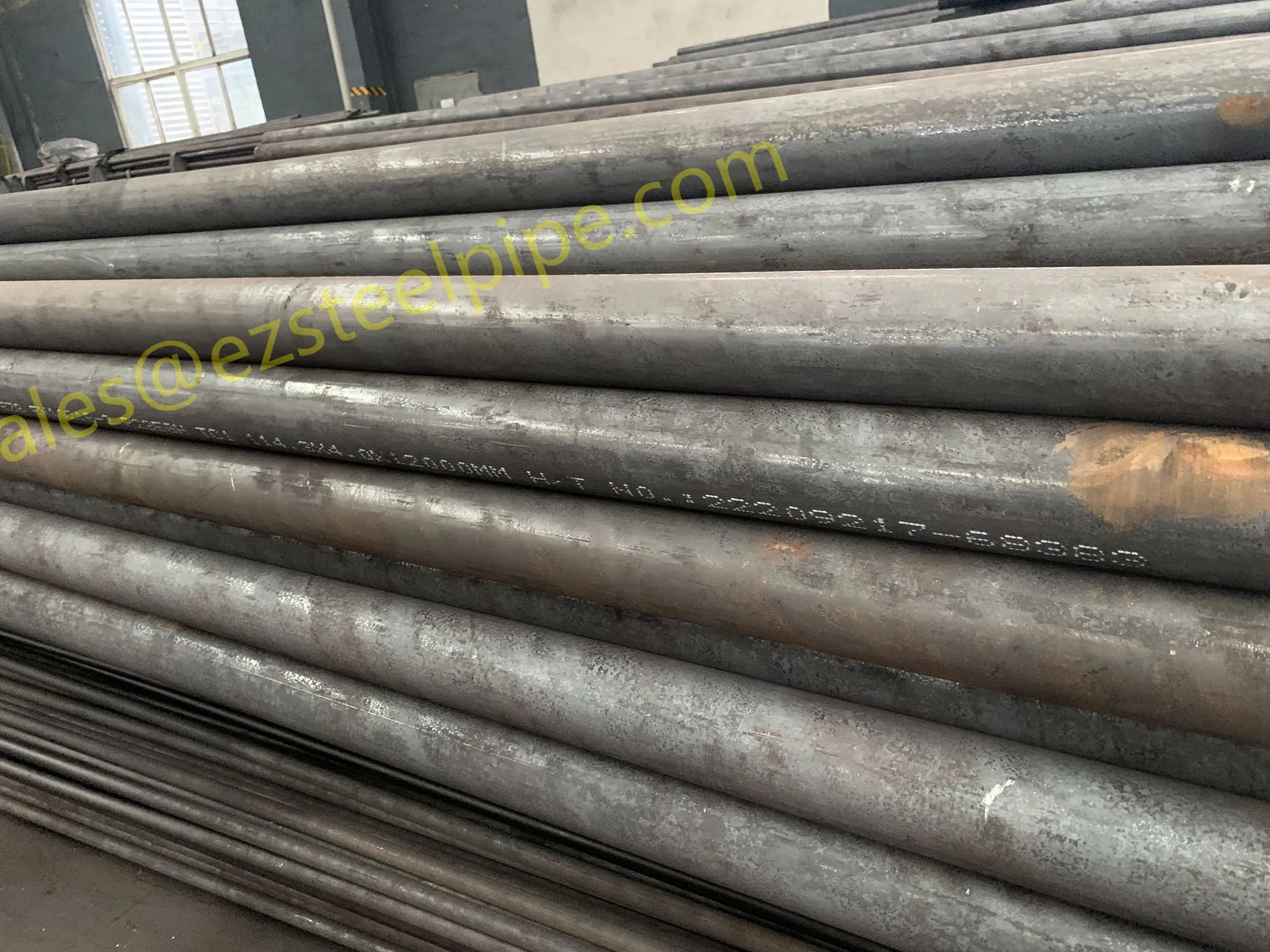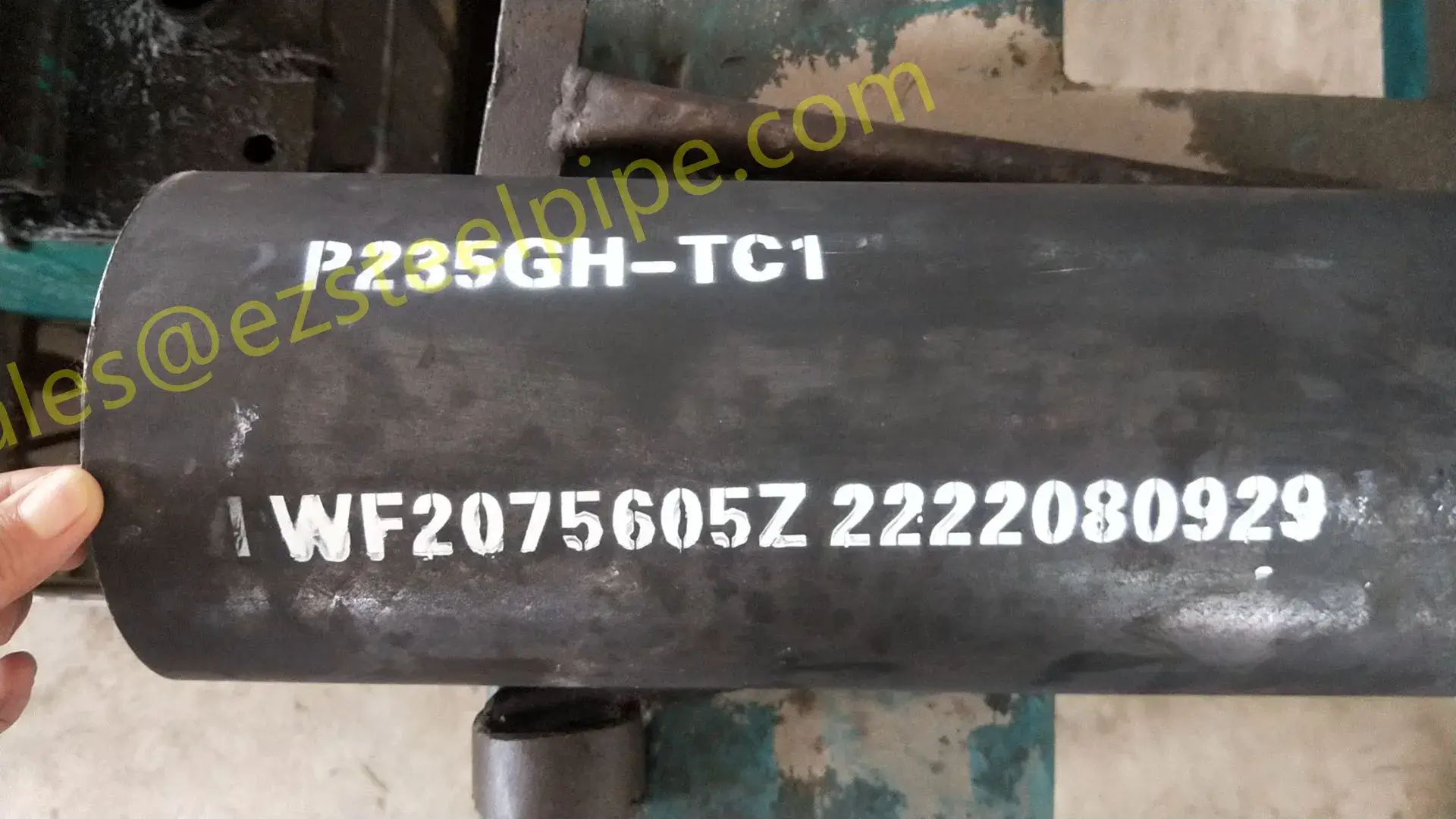In a world grappling with mounting waste and the urgent need for sustainable energy, waste-to-energy (WtE) plants have emerged as beacons of innovation. These facilities do more than just reduce landfill reliance—they transform municipal solid waste, industrial byproducts, and even biomass into electricity, heat, and fuel. It's a circular solution that addresses two critical challenges at once: waste management and clean energy production. But behind the scenes of this environmental win lies a complex machinery of components, each working tirelessly under extreme conditions. Among these, boiler tubing stands out as an unsung hero, silently ensuring that the heat generated from combustion is efficiently transferred, contained, and converted into usable energy. Without durable, reliable boiler tubing, even the most advanced WtE plant would grind to a halt, compromising both productivity and safety.
WtE plants operate in a league of their own when it comes to operational intensity. Unlike traditional power plants fueled by coal or natural gas, WtE facilities process a highly variable feedstock—waste. This variability means combustion conditions can fluctuate dramatically, exposing internal components to a cocktail of extreme temperatures, corrosive gases, and abrasive particles. Nowhere is this battle more intense than inside the boiler, where tubing acts as the critical interface between searing combustion gases and the water/steam that drives turbines. The tubing must not only withstand these harsh conditions but also maintain heat transfer efficiency over years of operation. For plant operators, choosing the right boiler tubing isn't just a matter of cost—it's a decision that directly impacts reliability, maintenance frequency, and the plant's overall contribution to sustainability goals.
 export@ezsteelpipe.com
export@ezsteelpipe.com +86 731 8870 6116
+86 731 8870 6116






 Related Products
Related Products

